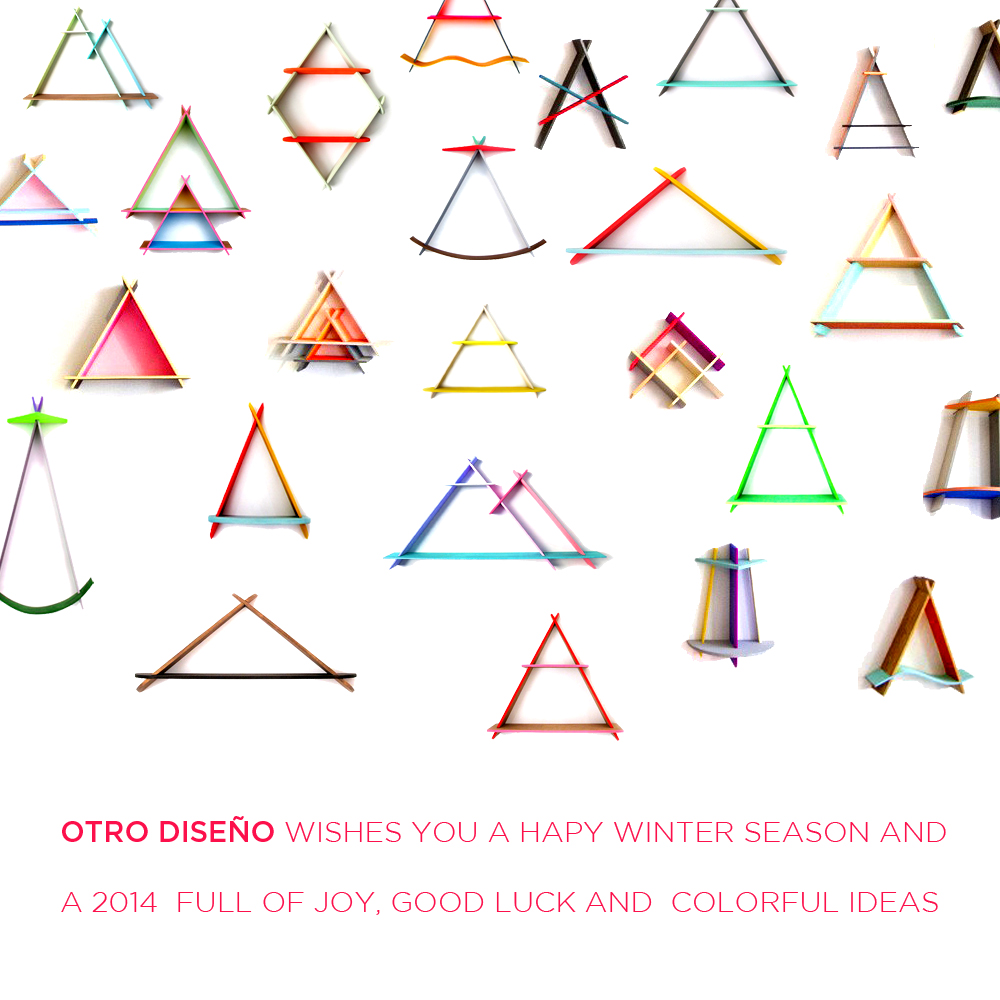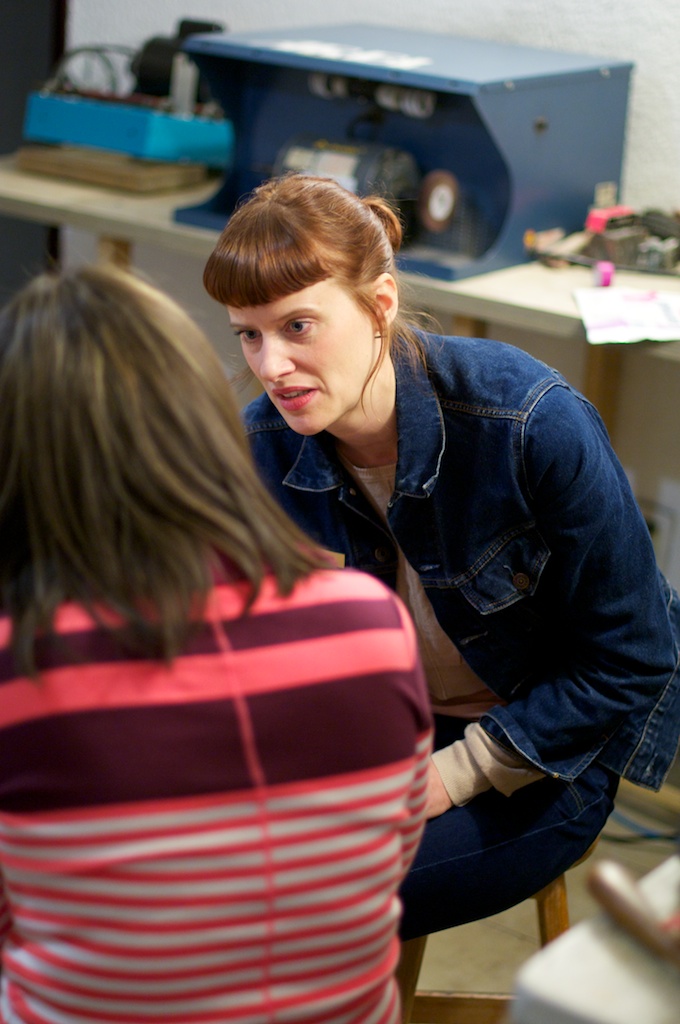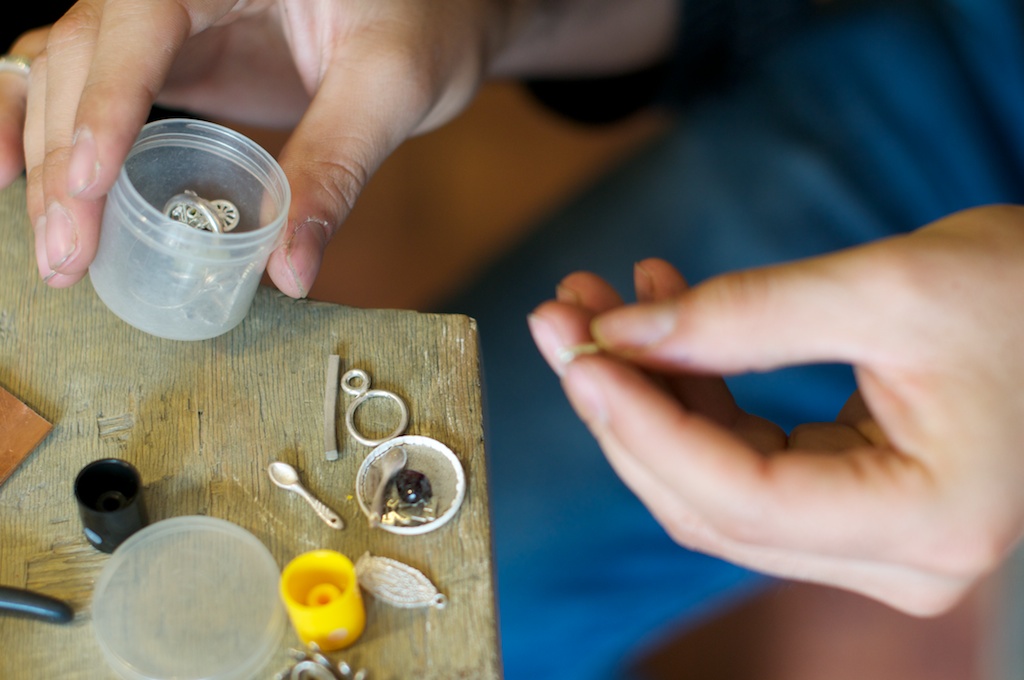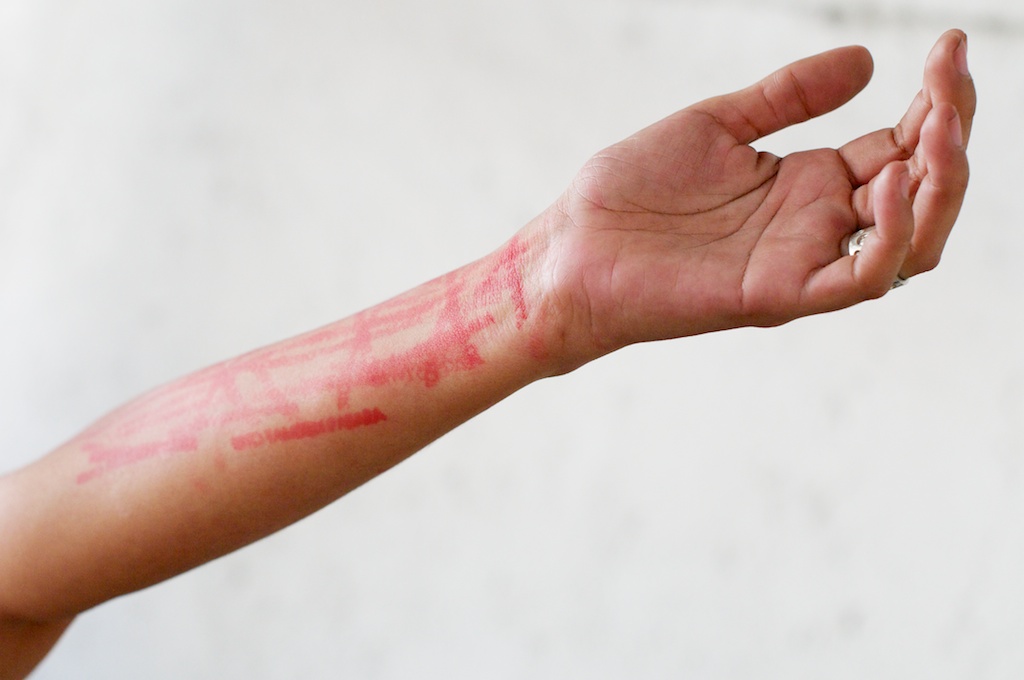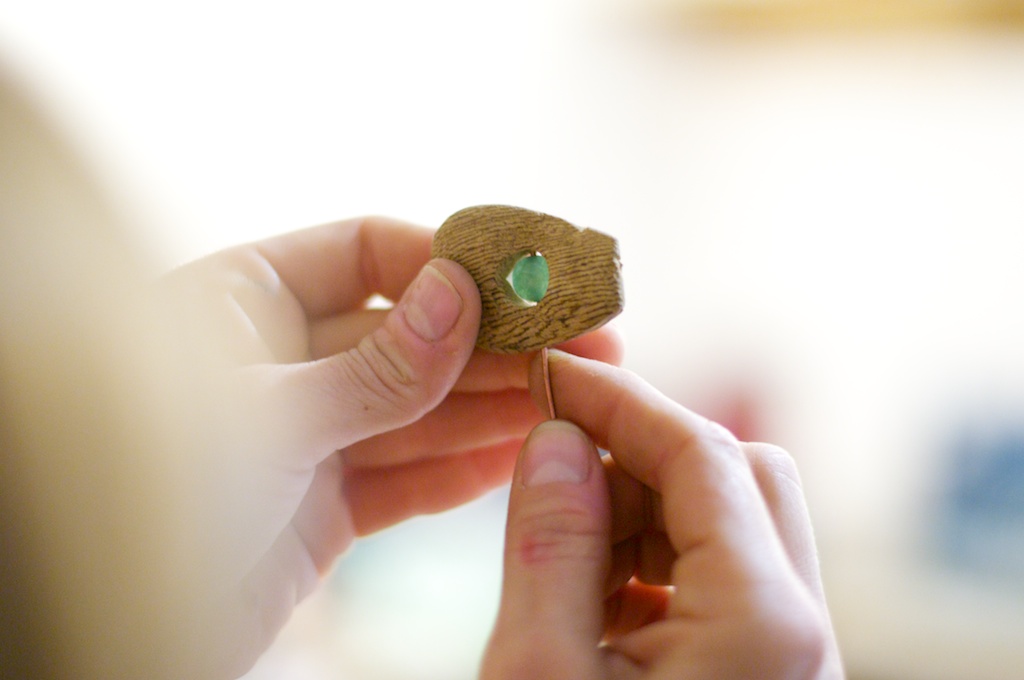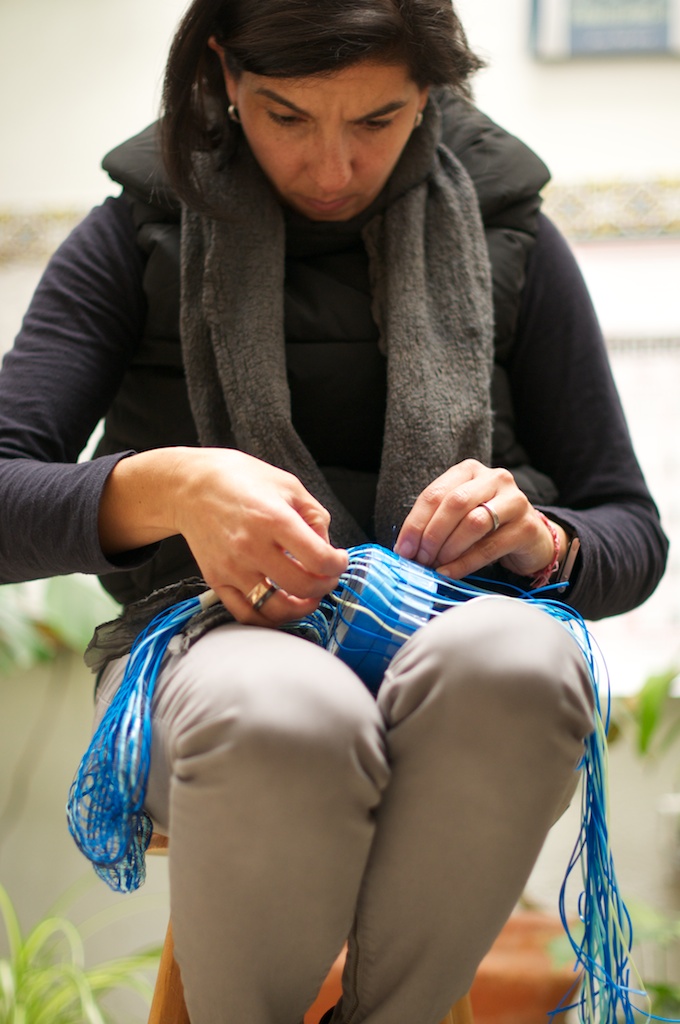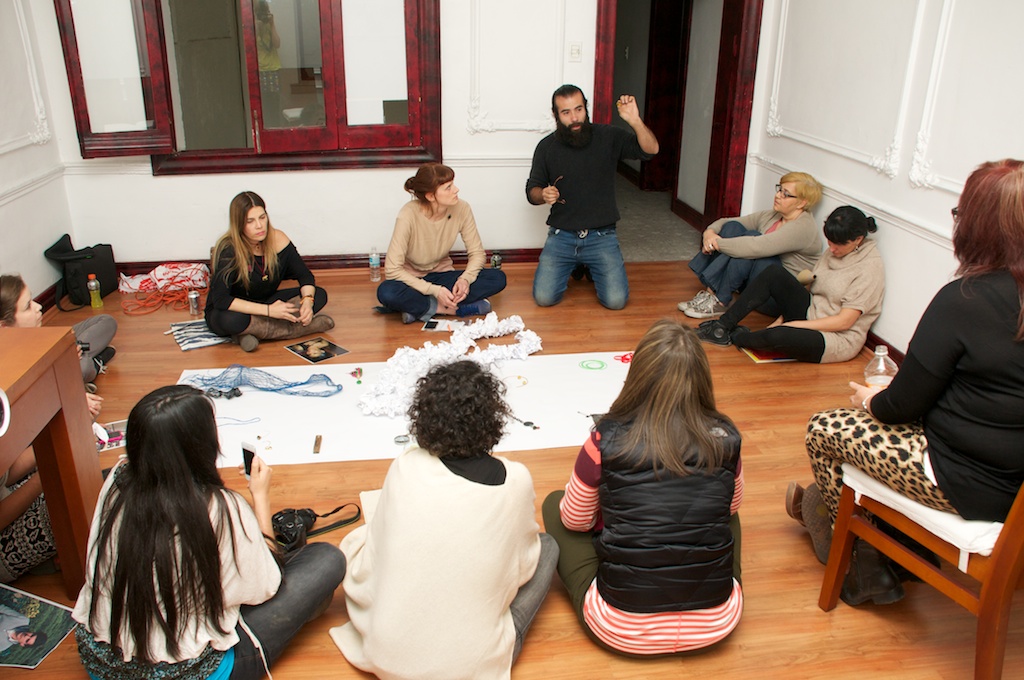
MATADERO
Walka Studio represents duality in all the sense of the word. Claudia Betancourt, intuitive, emotional and profoundly interested in local crafting traditions, and Nano Pulgar, shrewd, rational and highly experimental stand at opposite ends of the spectrum of the creative process. Together they execute a fluid dance which teases the boundaries between art and design. They have a clear notion of the local and a wide, but critical, view of the foreign. And they often engage in clever actions to create a larger and more inclusive audience, intervening public realm and partnering with amicable spaces not traditionally associated to the exhibition of artistic jewellery.
On this occasion, Walka Studio, Cafe Clara and Otro Diseño, bring a Chilean exhibition to Munich, to be one of the many relevant satellite events that surround Schmuck adding true cultural diversity to this international event.
Matadero is the latest collection of the Walka duo. It contains a very specific narrative about Chilean traditional crafting materials, the historical and cultural nexus of the southern cultures of the Pacific Basin and the evolving influence of the conquest of Chile, initiated by the Spaniards in 1541. This narrative, however, is represented in an international language, allowing jewellers and jewellery enthusiasts of all nationalities to understand how this jewellery from across the ocean functions within a mostly western context.
Matadero is a series of necklaces and pendants, jewel categories that step away from the often resorted to European brooch and allude to the prevailing ornament of the Pacific cultures. The series is the product of a long investigation about the symbolical and aesthetic characteristics of body ornamentation in the Pacific Basin until its evolution into contemporary jewellery; as well as the experimentation with new methods to work the cacho de buey or bull’s horn, a traditional material in Chilean craft that has been worked by Betancourt’s family for generations.
The relationship established between body and ornament in Matadero reveals how social custom and stigmas around the subject of death or murder of animals, affect our capacity to deem animal remains as acceptable materials, thus disregarding the origin of bodyornamentation and the sacred connotations associated with it in the cultures of the Pacific Islands (Polynesia) and Latin America.
Matadero uses both bull´s horns and hooves which had been part of a previous collection dedicated to the fashion industry, delicately tinted in a faint pink colour for that occasion. The fashionable neckpieces have been deconstructed, burnt and rebuilt as entirely new pieces that fascinate and repulse. The newly transformed pieces allude to one of the darkest periods in Chilean history: the 17 year long dictatorship that was common to many other Latin American countries and which is still a source of preoccupation and reflection for many artists from the continent.
The necklaces and pendants in this exhibition also allude to the particular geographical situation of Chile, a long, thin strip in Latin America which is wedged between the Pacific Ocean and the Andes mountain range. Every piece in the series uses soft, comforting supports and laces made of Andean Alpacas. Surprisingly, the pieces are extremely easy and comfortable to wear, once the repulsion produced by the idea of wearing burnt bones has passed. They are soft, light and smoothing. They are made to be used, as that is how they complete their cycle. And they show Walka’s regal acquaintance with fashion and wearability.
Matadero becomes now a synonym for duality: the series blends cultures, materials, processes, meanings and historical periods in an unusual but profoundly skilful way. I am certain that this exhibition will promote an interesting dialogue and exchange among the participants of Schmuck.
Valeria Vallarta Siemelink
MATADERO will be on show from 06.03 to 12.03 2013
at Cafe Clara
Isabellastrasse 8 (just across the street of the Pinakothek der Moderne), Munchen
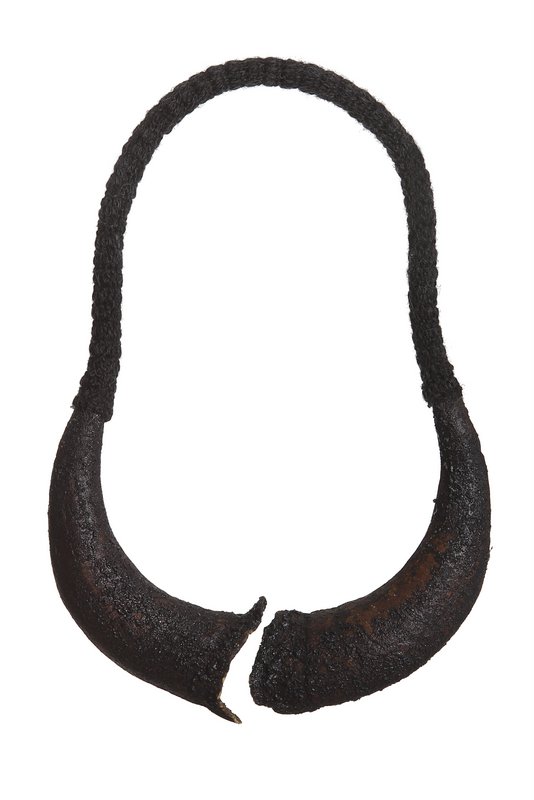
Fractura, 2013
Burnt bullhorn and alpaca wool
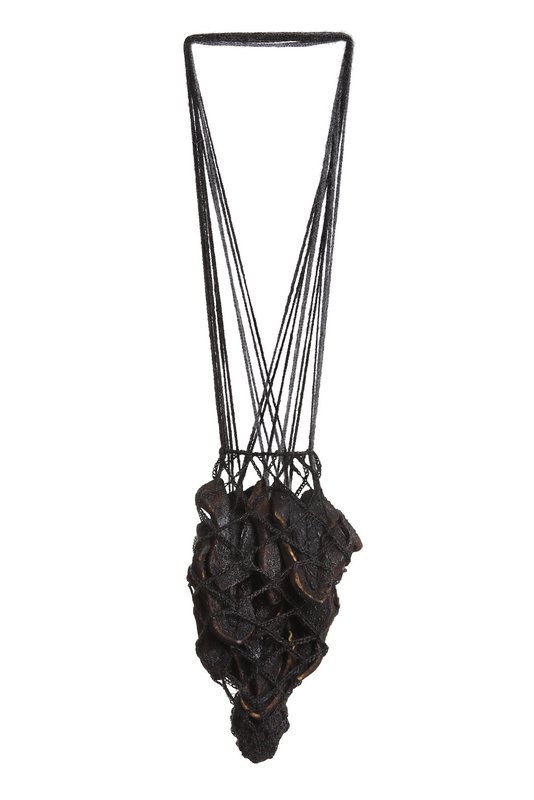
Entierro, 2013
Burnt bull hooves and alpaca wool
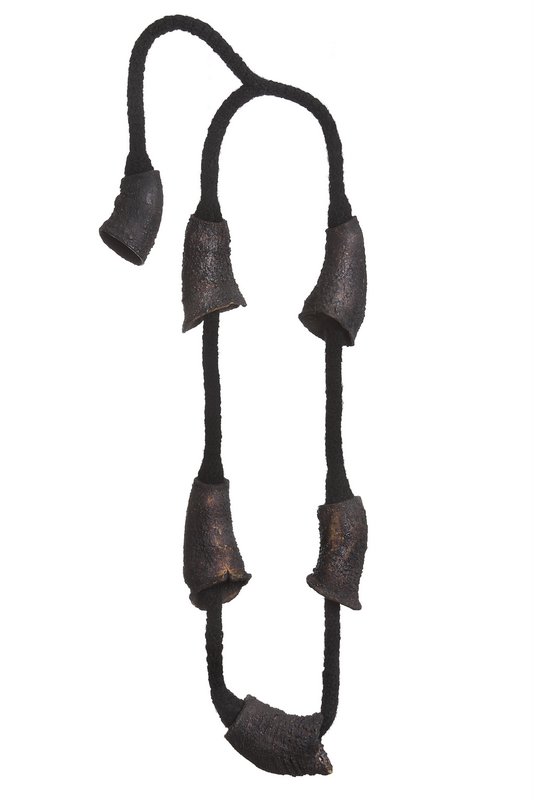
Cuerpo Quemado, 2013
Burnt bullhorn and alpaca wool
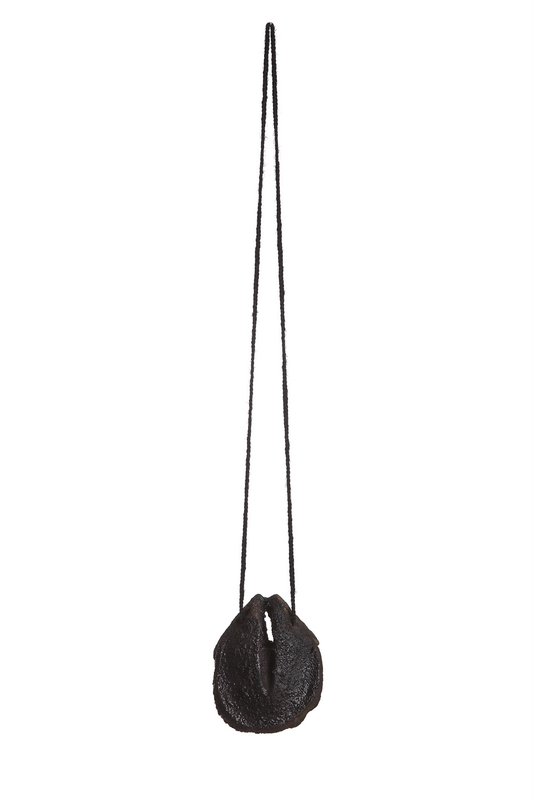
Fosa Común 8, 2013
Burnt bull hooves and alpaca wool
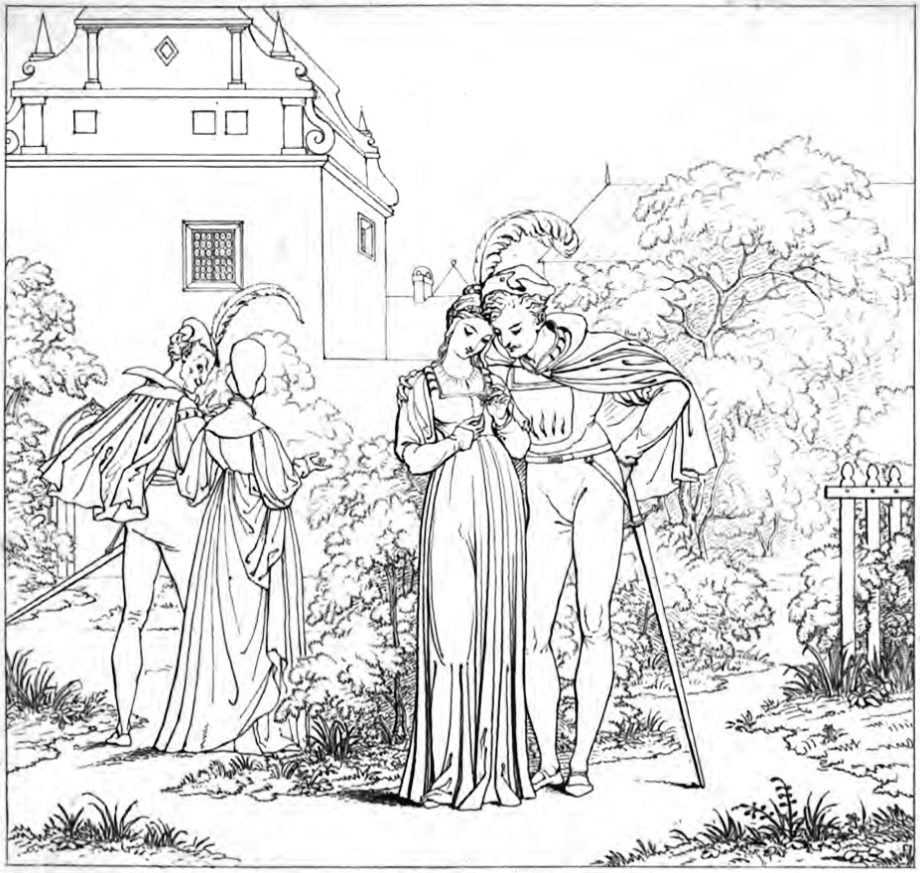
TE MATO POR QUE TE AMO
As many of the satellite events that surround Schmuck, Te Mato por que Te Amo (I Kill you Because I Love you) promises to be an interesting one.
Two separate rooms in a private home will host two diametrically different exhibitions. Two different artists, two different practices, and two different themes. Themes which, in life occasionally intertwine; often between the walls of private homes.
In one room, Mexican artist Jorge Manilla explores Contemporary Savagery: raw emotions such as fear, jealousy, cowardice, pain, rancor and bad blood, all concepts buried within the motives for violence and the ways these manifest in our contemporary world. He aims to find the exact point in which a person becomes the victim and another one the victimizer. His research ends in the body; in unappealing ornaments, troubled, melted objects that create frightening and confusing images that create an inner cataclysmic reaction in the viewer and the wearer. At the end, those objects transcend their materiality to become dissected feelings, broken memories and empty vessels that reveal the fragility of our situation as human beings in a hostile environment.
In an opposite room -a bedroom- and spectrum, American artist Shari Pierce deals secretly, delicately, with the game Effeuiller la Marguerite or “He loves me, he loves me not”, in which one person seeks to determine whether the object of their affection returns that affection or not by plucking one petal off a flower (usually a daisy) for each phrase. The phrase this person tells aloud on picking off the last petal supposedly represents the truth between the object of their affection loving them or not. Pierce allegorically recreates the phrase and its meaning, over and over, using several languages, summery colors and perishable materials that speak about love, hope and loss, in the way these feelings often and inevitably collide.
Together but separate, these two artists share a continent, a passion for tackling complex matters and for a few days, a home. A coexistence that brave Schmuck visitors will certainly enjoy to witness.
Valeria Vallarta Siemelink
Te Mato por que te Amo will be on show from 06.03 to 09.03
at Atelier Shari Pierce
Morawitzkystraße 1
80803 München
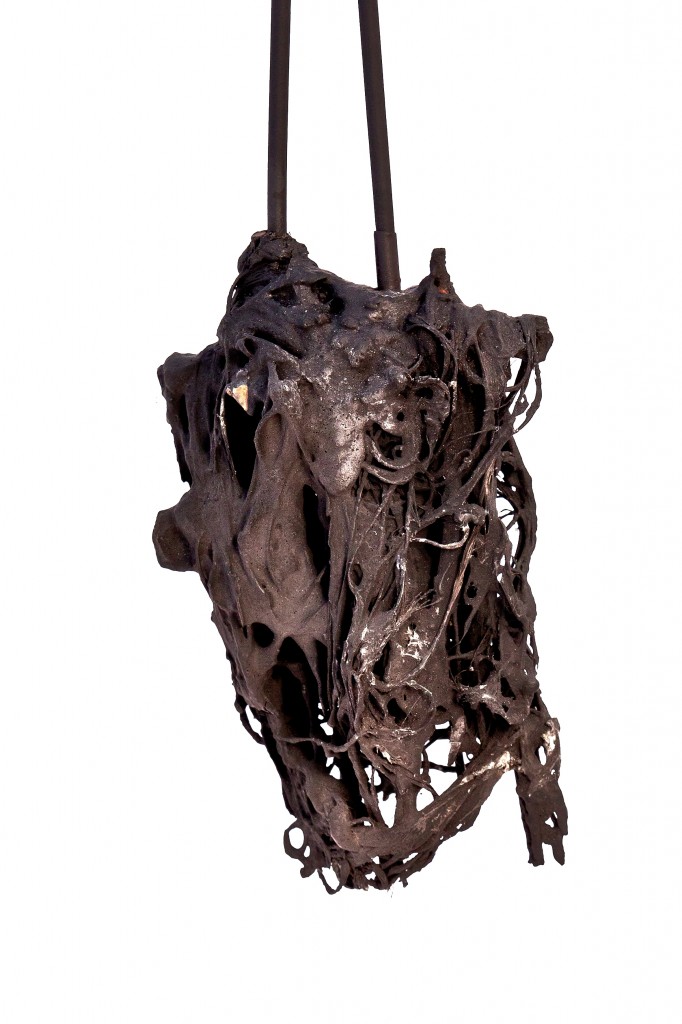
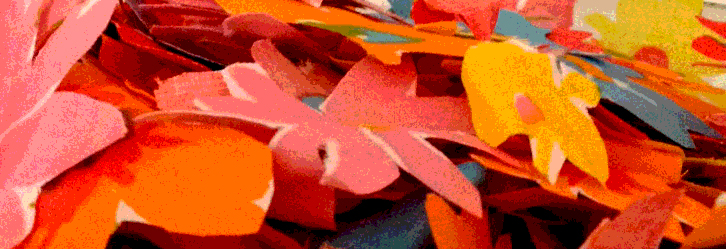
–
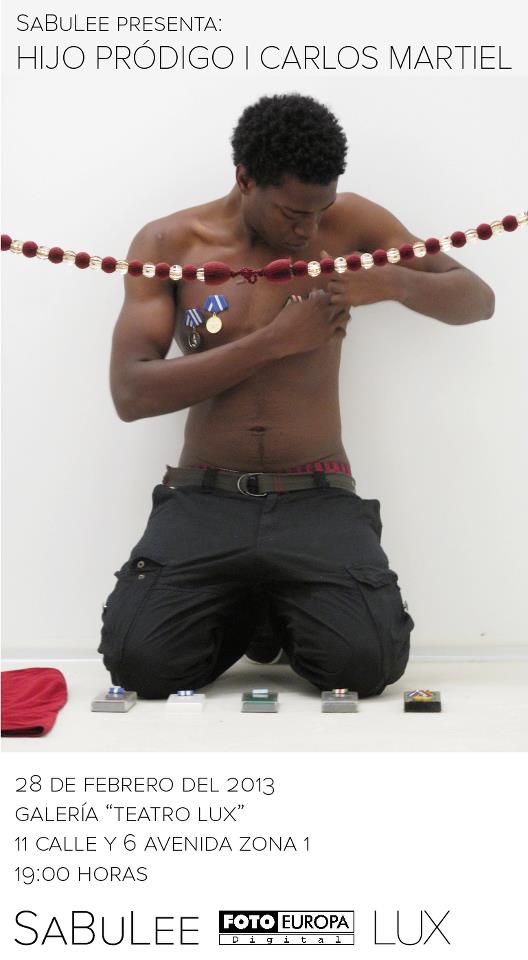
The Cuban artist Carlos Martiel will present Hijo Pródigo (Prodigal Son) at the Gallery Teatro Luz in Guatemala City, from February 28th to March 12th.
Hijo Pródigo is a retrospective of the artists, which explores the codes of language through the body. Carlos Martiel’s work uses his body as a point of departure and end to his art. He often works with jewellery and body ornaments, taking their relation with his own body to physical and psychological extremes. In this way, the artist reflects on the complex social, cultural and political matters of contemporary Latin America. His work is always registered; Hijo Pródigo includes photographs and videos of Martiel’s work between 2010 and 1012.
Hijo Pródigo will be on show until March 28th 2013
at Galería Teatro LUX
Sexta Avenida y 11 Calle Zona 1
Guatemala City
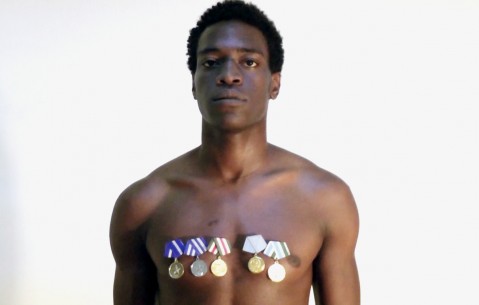

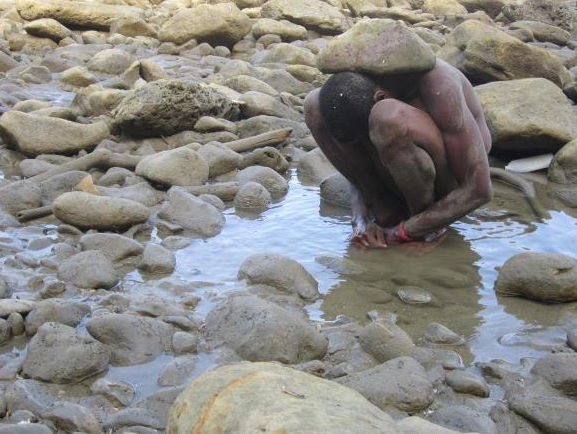
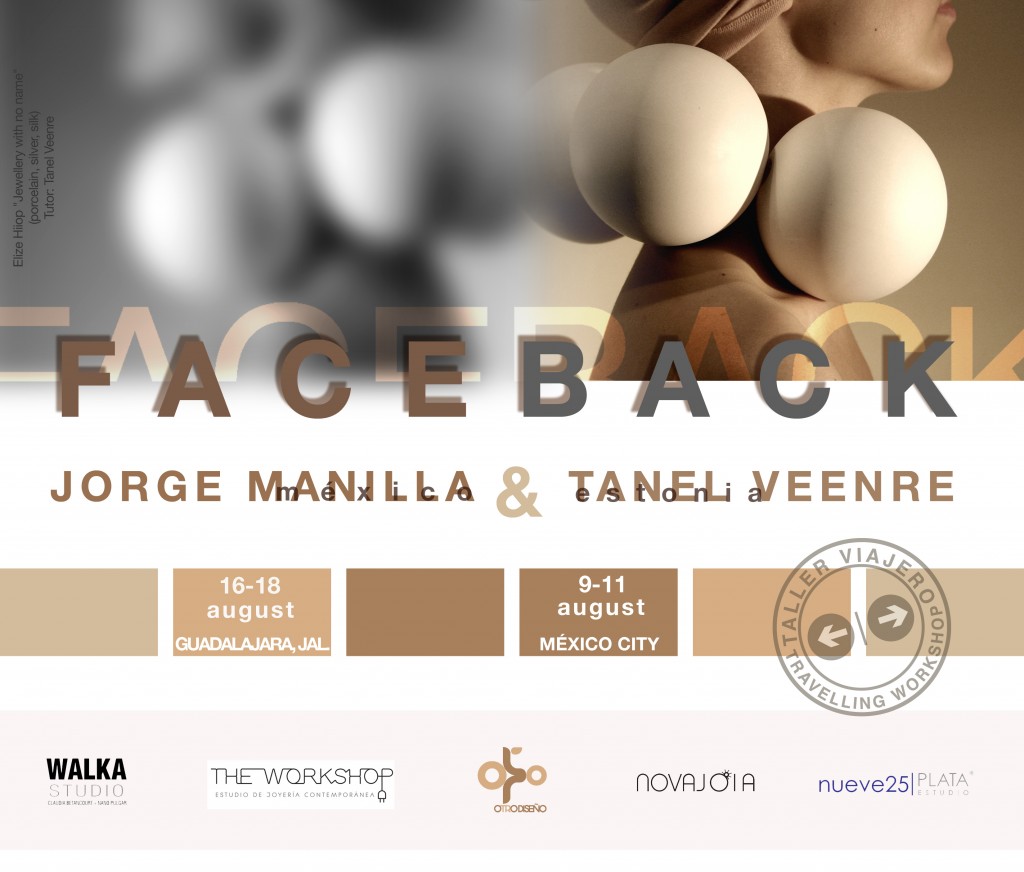
FaceBack consists of an intensive three-day workshop dictated by two teachers, Mexican visual and jewellery artist Jorge Manilla and Estonian fashion and jewellery designer Tanel Veenre and is aimed at jewellery, fashion or industrial designers, visual artists, photographers and architects who either work professionally or are in the last year of their studies and who desire to work on conceptual assignments using jewellery as a media.
The workshop will be based on the study, conceptualization and execution of a jewel which considers the facade and backside as equally relevant players on the narrative of the piece. The object will be the result of careful analysis and discussion on topics such as Public and Private, Show-off and Hide, Tradition and Invention. FaceBack seeks to provide the participants with a more liberal approach to jewellery making and with an understanding of its relation with other creative disciplines. The workshop focuses strongly on the development of conceptual thinking and the encouragement of experimentation, combining this with the techinical abilities of the participants.
At the end of the workshop the participants will have created a piece of conceptual jewellery. They will have gained a wider understanding of conceptual contemporary jewellery and sharpened their ability to evaluate and critique their own work.
FaceBack is the third workshop in the first series of nine of the program Travelling Workshop, an initiative of Otro Diseño, which offers jewelers, designers and visual artists who live in Latin America the opportunity to address the global notion of contemporary jewellery by the exploration of conceptual and critical thinking and the application of materials, techniques and technology that respond to that line of thought.
Travelling Workshop acts as an open workshop made accessible to comers from various disciplines, where contemporary jewellery is studied and created collaboratively. The program aims to provide jewelers, artists and designers in this cultural region with the tools to nurture their own creative process, define their individual position as an artist and further develop the quality of their work. At the same time, the program looks to to strengthen the respective national scenes of the participants and to encourage them to become active participants in the international arena of contemporary jewellery. Travelling Workshop is intended to foster creativity and encourage experimentation in an atmosphere of cultural exchange, conversation, engagement, and freedom of expression.
When: from Friday 9th to Sunday 11th August, 2013
Where: Nueve25 Plata Studio, Querétaro No 97, Col. Roma, Mexico City
Registration: http://facebackworkshop.eventbrite.com/
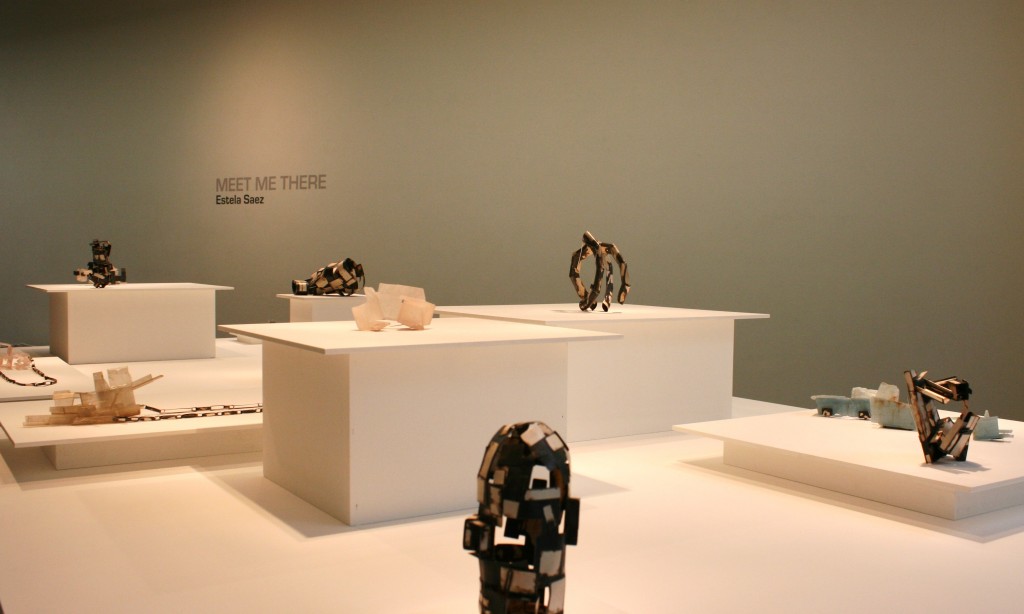
Footnotes of a Stead
Valeria Vallarta Siemelink
So what we are really doing when we walk through the city is thinking, and thinking in such a way that our thoughts compose a journey, and this journey is no more or less than the steps we have taken, so that, in the end, we might safely say that we have been in a journey, and even if we do not leave our room, it has been journey, and we might safely say that we have been somewhere, even if we don’t know where it is.
Paul Auster
The work of Estela Saez has repeatedly turned to the intermingling, even reciprocity, between identity-construction and physical space (land-home-shelter) and its contingent shaping of memory and time. She focuses in her own migratory process -the departure of her Catalonian town, the making of a new home in Amsterdam, the endless commuting from country to country, the separations and re-encounters that the movement entails- to explore issues related to migration, mobility, roots, multitude and solitude and the emotional extremes that accompany such a nomadic existence.
Former collections of the Spanish jewellery artist bearing titles such as Terra, Goodbye Nest and Recovered Connections, document her preoccupation with reconciling mobility and belonging and alternate conceptual and material references to earth and sky, tradition and modernity, permanence and ephemerality.
The emphasis placed on the creative and emotional process and the discovery made as a result in Saezs’ practice becomes more evident in the Meet me There series; a collection of objects and jewells that mark the artist’s first encounter with semi-precious stones and that narrate an oscillating journey between the sculptural and the wearable.
Exhausted after years of continuous motion, the artist makes a stop to submerge in memories, awake the senses and re-think her own artistic search. Stationed in a new environment, she considers working with semi-precious stones by the first time. This is regarded by Saez as a new journey which takes place between the walls of her own studio. Her mind works at the same pace than her hands, which have got a hold on a fragment of a fleshy Australian jasper. She spends weeks slicing the hard stone intuitively, laboriously until it emerges as a thin as a sheet of paper.
Saez has been enchanted by the possibilities of the stone, but needs a change that allows her to move more liberally. Large sheets of cardboard replace the tiny slates of stone and the artist takes the role of a construction worker. Miraculous scaffoldings, transitional refuges, invisible cities are the result of her building exercises, which become a metaphor for past times, the fleeting nature of life and the complexity of the artist’s state of mind at that time.
But, faithful to her hand-bound scale and eager to continue working with stones, Saez envisions the final destination of this particular journey and asks the viewer to meet her there. Deviating from all conventional methods to fabricate jewellery, she cuts, files, binds both stone and metal and then constructs minute examples of impossible architecture.
The result is a series of apparently antipodal objects that conjure images of makeshift shelters and glacial, deserted cities. Some are made of very thin segments of translucent rock crystal; fragile, frozen membranes that attempt to retain the memory of a familiar colour -the blue of the Mexican sky, the sand of the Catalonian coast, the pink of the skin and the milky gray of the smoke- and that gain volume through skillfully concealed junctures. In these pieces one can find ghosts and traces of processes, of the interaction between presence and gesture.
Others objects have been constructed by overlapping dozens of silver patches to form a chaotically organized chiaroscuro; like the skeletons of an industrial disaster or a forgotten mechanical monster whose strength is now only a far memory.
In a few pieces both materials reunite in a distanced interaction; as radically different species that have successfully negotiated an unlikely symbiosis. While the coarse silver structures appear as a resistant shell, the more vulnerable, almost ethereal stone formations suggest a vital core.
By transforming and reaccommodating the material into metaphoric constructions of the process of contemporary mobility, Saez creates jewellery that go beyond their objecthood into a new aesthetical terrain. Trough quiet, elegant gestures, the artist knows the value of a perfectly calibrated decision, an intuitive constructivist impulse, softened by the small imperfections of the handmade, that foregrounds an ambivalent sense of strength and fragility.
While Saez is not interested in drafting a specific narrative out of her accumulation of forms, she does think of the individual works as modular elements of a larger story-language, which reference a more universal sense of time, place and desire – ideas of home, roots, and security. She has referred to her work as ‘footnotes to a larger story’, allowing the central narrative to remain fluid, reshaped and configured by the viewer’s interaction with it.
Holding one of Estela Saez translucent, sugar like, objects, causes to hold one’s breath – a perfect pause to wonder how these pieces will age.
On show at Gallery Rob Koudijs, Amsterdam until June 22nd
Catalogue with texts by Antonia Aampi, Jordi Mitja and Valeria Siemelink
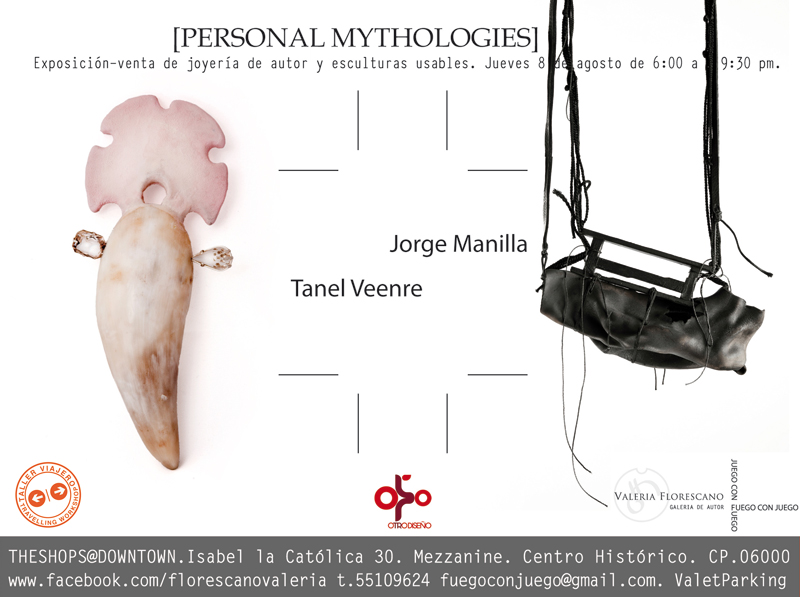
Galería Valeria Florescano, the Otro Diseño Foundation and Travelling Workshop are honored to invite you to the opening cocktail of the exhibition ‘Personal Mythologies’, which present the jewellery work of Mexican artist Jorge Manilla and Estonian designer Tanel Veenre.
Thursday 8th Agust
18:00 hrs
Galería Valeria Florescano at Downtown Mexico Hotel
Isabela Católica No 30, Centro Histórico, Mexico City
A series of activities will surround this exhibition, such as the FaceBack workshop, dictated by Manilla and Veenre in Mexico City, Guadalajara and San Luis Potosí, as well as a lecture by Jorge Manilla at the Franz Mayer Museum on Saturday 27th August at 12:00.
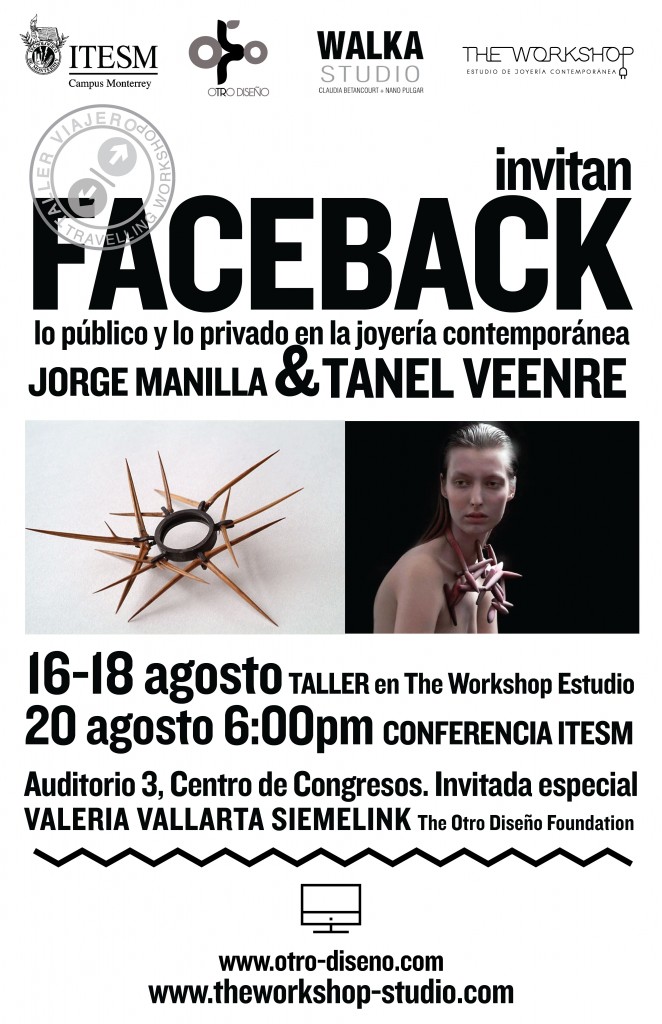
El TEC de Monterrey Campus Guadalajara, The Workshop Studio y la Funcadión Otro Diseño invitan a la conferencia Lo Público y lo Privado en la Joyería Contemporánea, con presentaciones de Tanel Veenre, Jorge Manilla y Valeria Vallarta Siemelink.
El próximo Martes 20 de Agosto a las 18:00 hrs en el Aditorio 3 del Centro de Congresos del TEC Campus Guadalajara.
* * * * *
The Instituto Tecnológico y de Estudios Superiores de Monterrey Camous Guadalajara, The Workshop Studio and The Otro Diseño Foundation invite you to the lecture ‘The Private and the Public in Contemporary Jewellery’, dictated by Tanel Veenre, Jorge Manilla andValeria Siemelink.
Next Tuesday 20th August at 18:00 hrs at the Auditorium 3 of the Congress Center of the TEC Camous Guadalajara.
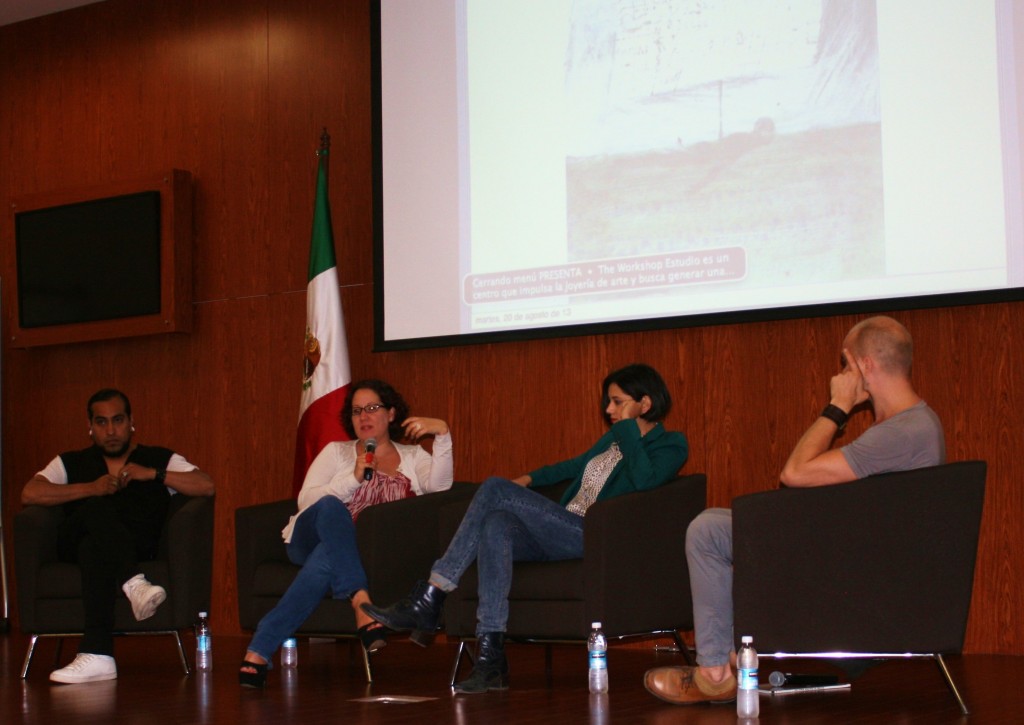
Walka Studio, Escuela de Diseno de la Universidad de Chile, the Otro Diseno Foundation and Taller Viajero are pleased to invite you to the lecture ‘Amulet or Talisman’, dictated by the Swedish artist Hanna Hedman.
Next Thursday 10th October at 19:30 hrs at Salon Sergio Larrain, Universidad de Chile, Campus Lo Contador.
Free entrance. Previous reigistration: escueladejoyeriawalkastudio@gmail.com
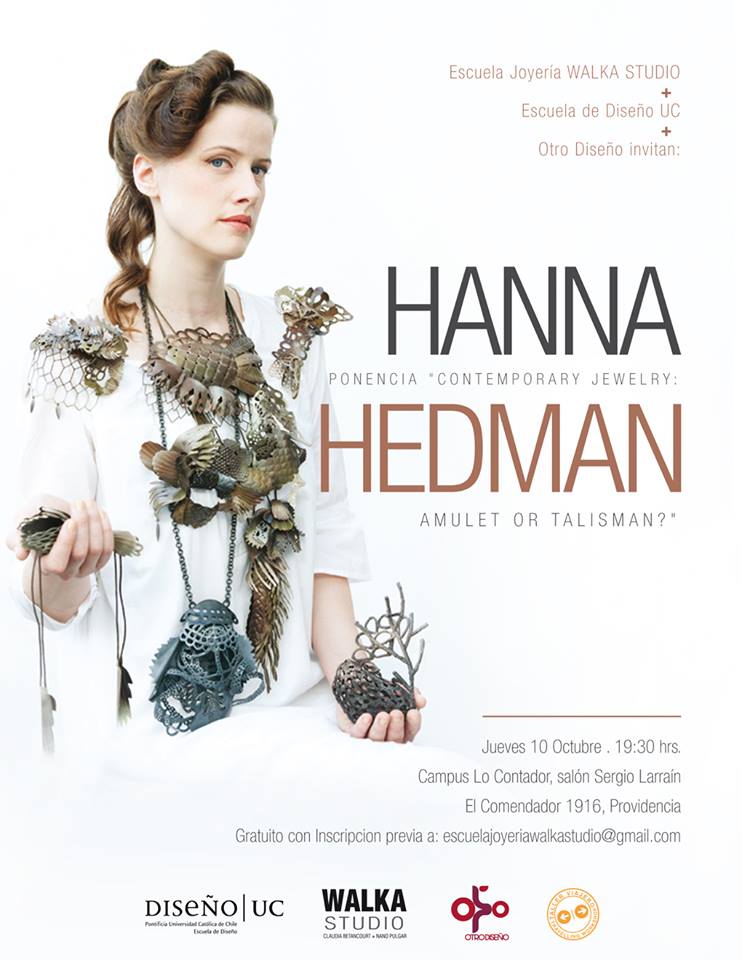
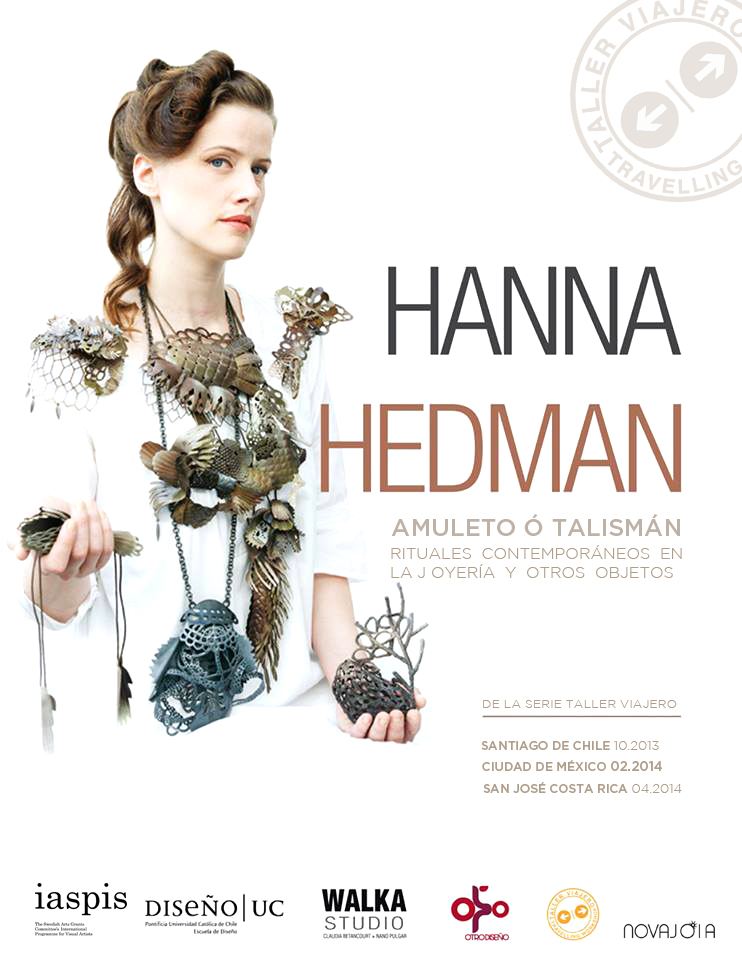
The Otro Diseño Foundation is pleased to announce Amulet or Talisman the fourth on the successful Travelling Workshop series. Dictated at the Walka Studio School in Santiago de Chile last October by Swedish artist Hanna Hedman, Amulet or Talisman is an intensive 4 day open workshop designed for jewellery, fashion or industrial designers, visual artists, photographers and architects who either work professionally or are in the last year of their studies and who desire to work on conceptual assignments using jewellery as a media. The workshop will take place from February 6th to 9th 2014 in Mexico City.
Fascinated by the intensity of her first contact with Latin America, Hanna Hedman developed a series of necklaces entitled Human Tree, which analyse the religious syncretism that the artist found in Mexico during a visit in 2010. Subjects such as religion, magic and the occult, Hedman recreated in ornaments her own Mexican experience, using the body both as the object and subject of her work. Departing from her personal and artistic experience with these Mexican subjects, Hanna Hedman designed Amulet or Talisman, a workshop that aims to encourage participants to engage with emotions, auto-evaluation and the further development of the conceptual thinking that past Travelling Workshop editions have been exploring. At the end of the workshop the participants will have created two pieces of conceptual jewellery based on the theme Amulets, applying a high degree of artistic ability. This will be achieved through decisions, an intelligent response to intuitive ideas and a playful attitude towards materials.
The participants will learn to create contemporary jewellery pieces through individual and group exercises, interaction with the outside world and the documentation of the whole process. As with the rest of the Traveling Workshop editions, Amulet or Talisman focuses into the development of a strong, unbiased, individual positions towards contemporary jewellery and in providing technically skilled participants with the tools enhance their own creative process. The participants will also learn to verbalize ideas and produce texts regarding their own work.
The program Travelling Workshop, an initiative of Otro Diseño, which offers jewellers, designers and visual artists who live in Latin America the opportunity to address the global notion of contemporary jewellery by the exploration of conceptual and critical thinking and the application of materials, techniques and technology that respond to that line of thought.
Amuleto o Talismán
Nueve25 Plata Studio, Ciudad de México
06.02.2014 to 09.02.2014
For immediate registration go to Eventbrite: http://www.eventbrite.com/e/amulet-or-talisman-a-travelling-workshop-by-hanna-hedman-tickets-7309578145?utm_campaign=new_eventv2&utm_medium=email&utm_source=eb_email&utm_term=eventurl_text
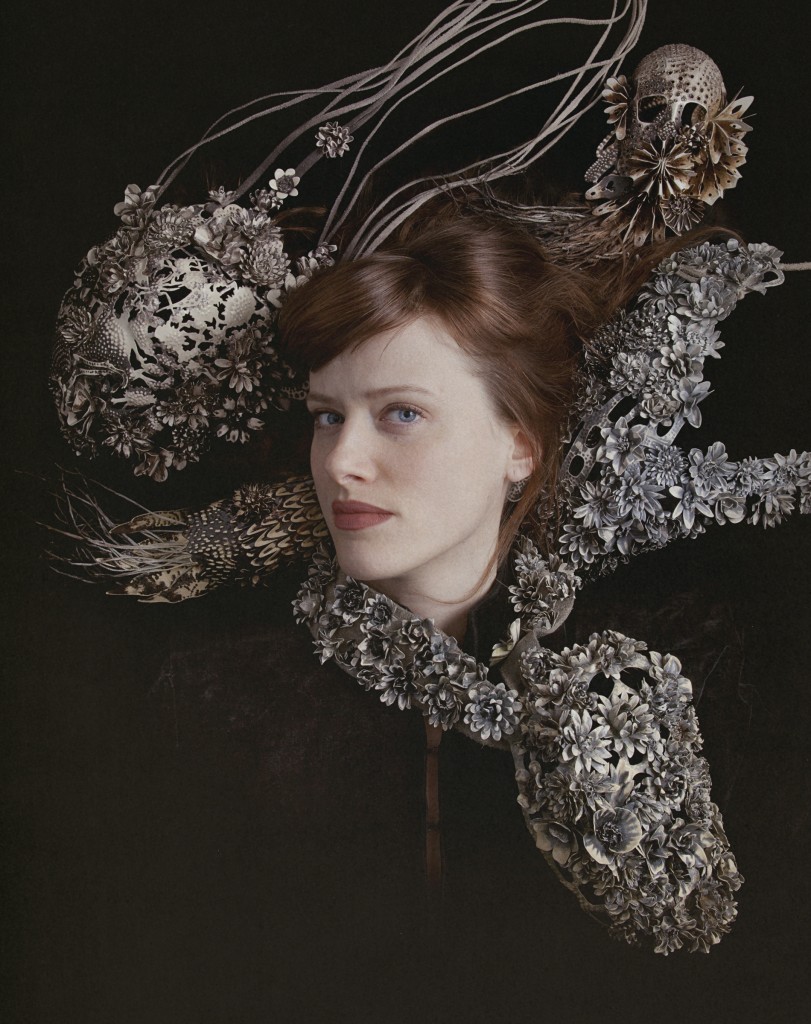
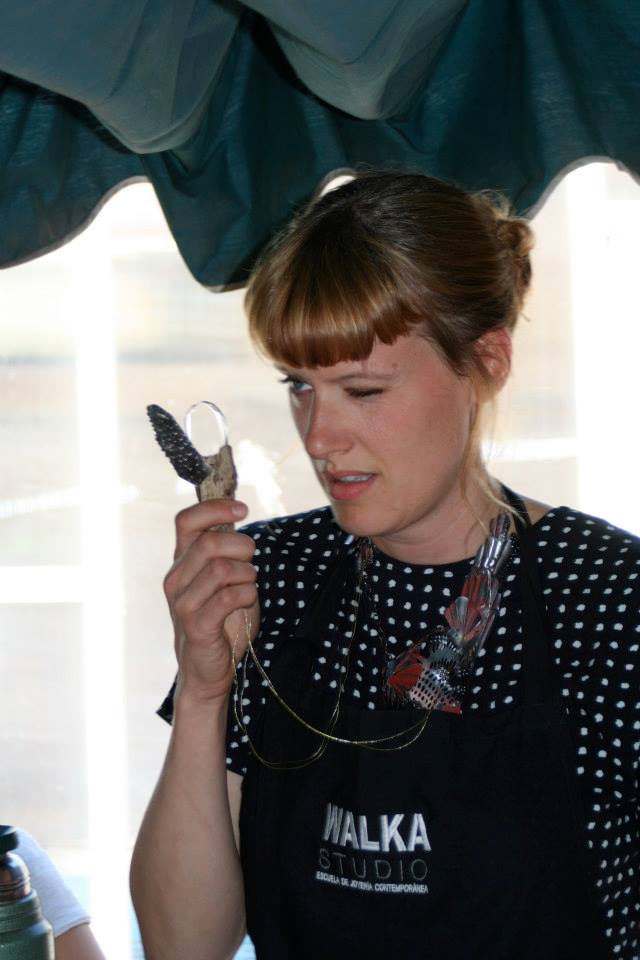
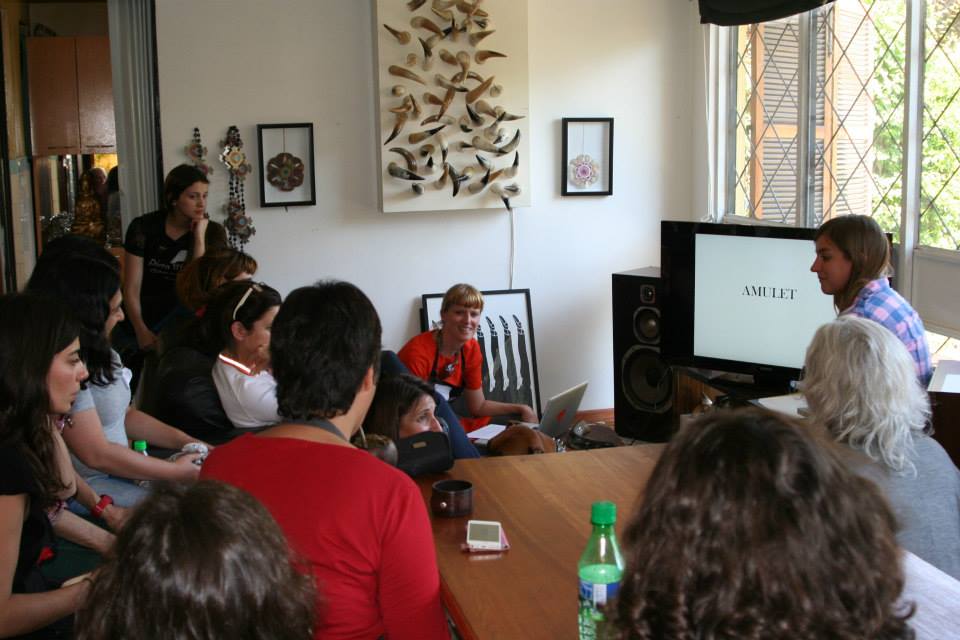
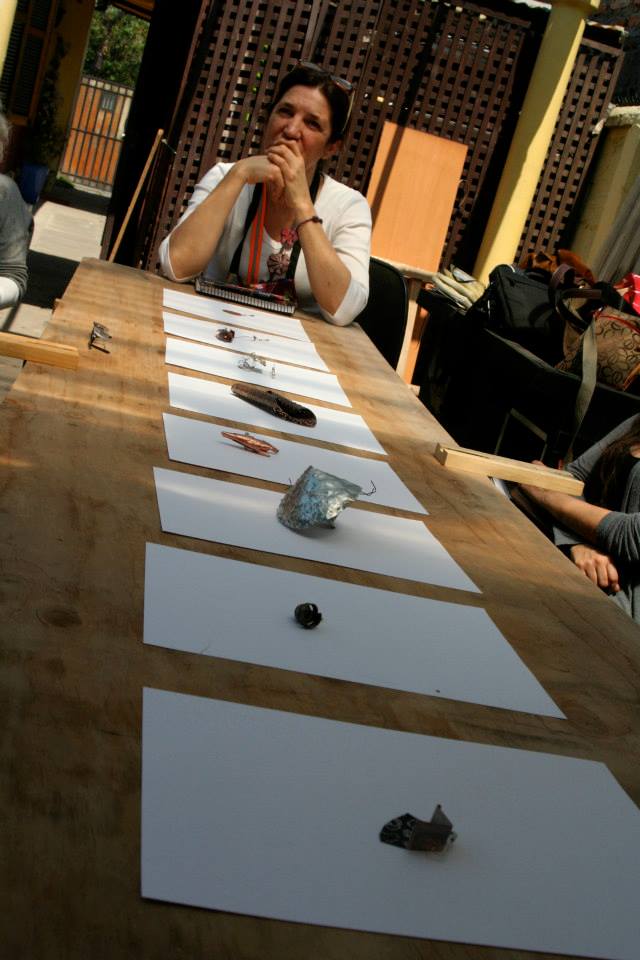
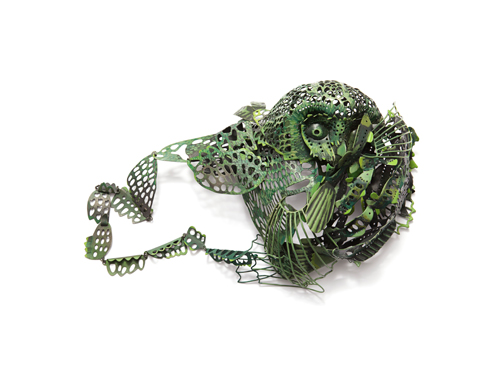 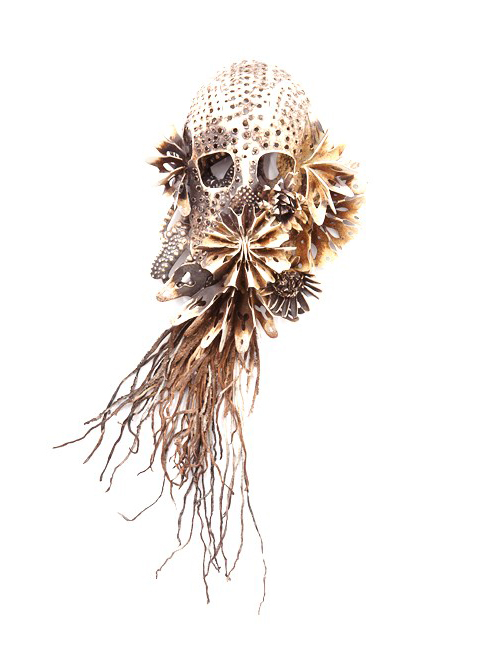

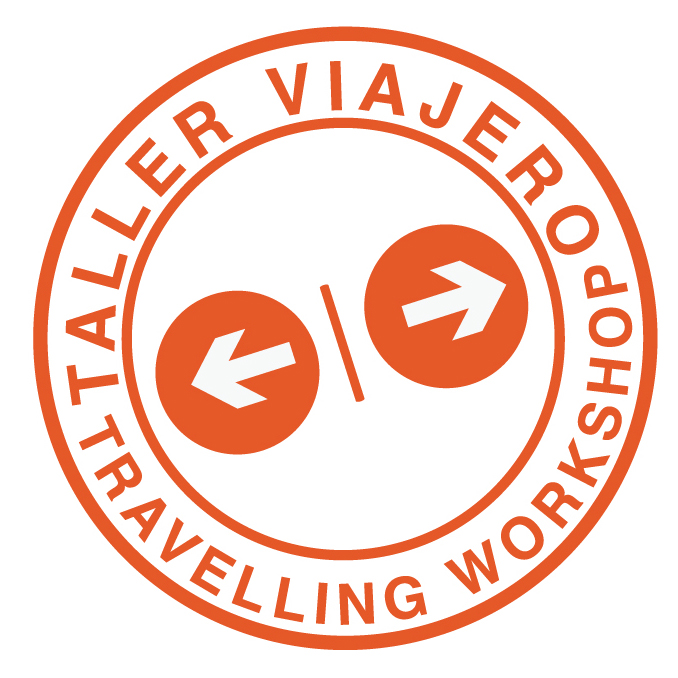
Arocena Museum in collaboration with the Otro Diseño Foundation are pleased to announce to the opening of the traveling exhibition Think Twice: Contemporary Latin American Jewellery, at Museo Arocena in Torreón, México.
Think Twice has been seen by over 50 thousand visitors in all its combined venues in New York, Seattle, Tallinn and Monterrey. Few jewellery exhibitions receive such a large audience and it makes Otro Diseño extremely happy to see that is mission being accomplished: promoting the contemporary visual culture of Latin America and bringing the fascinating converging fields of art, craft and design to a growing audience.
The opening will take place to take place next Thursday 6th March at 19:00 at Edificio Anexo Russek at Arocea Museum in Torreón, Mexico. The opening will be preceded by a lecture by Think Twice curator Valeria Vallarta Siemelink.
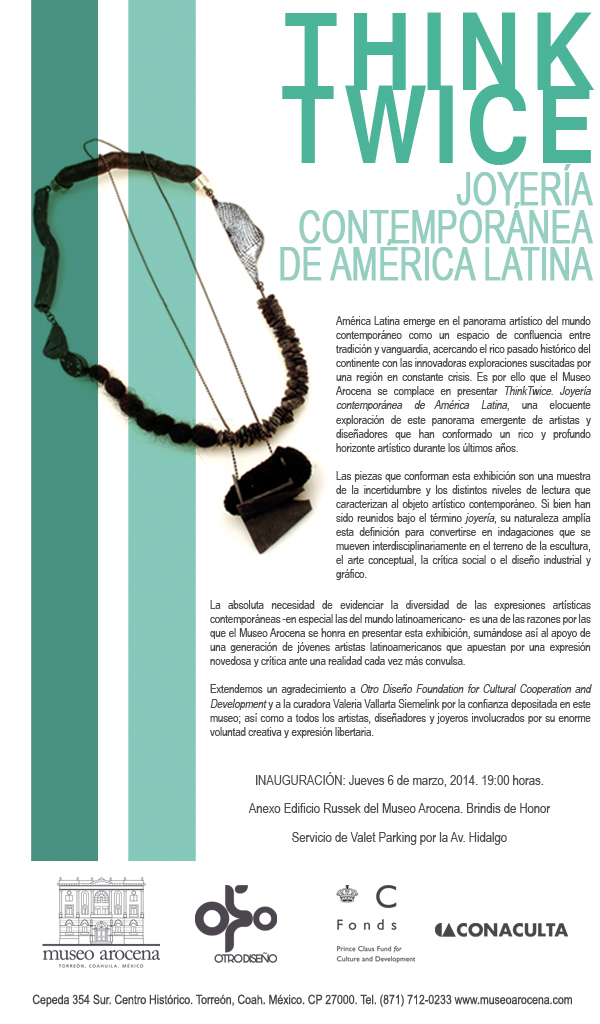
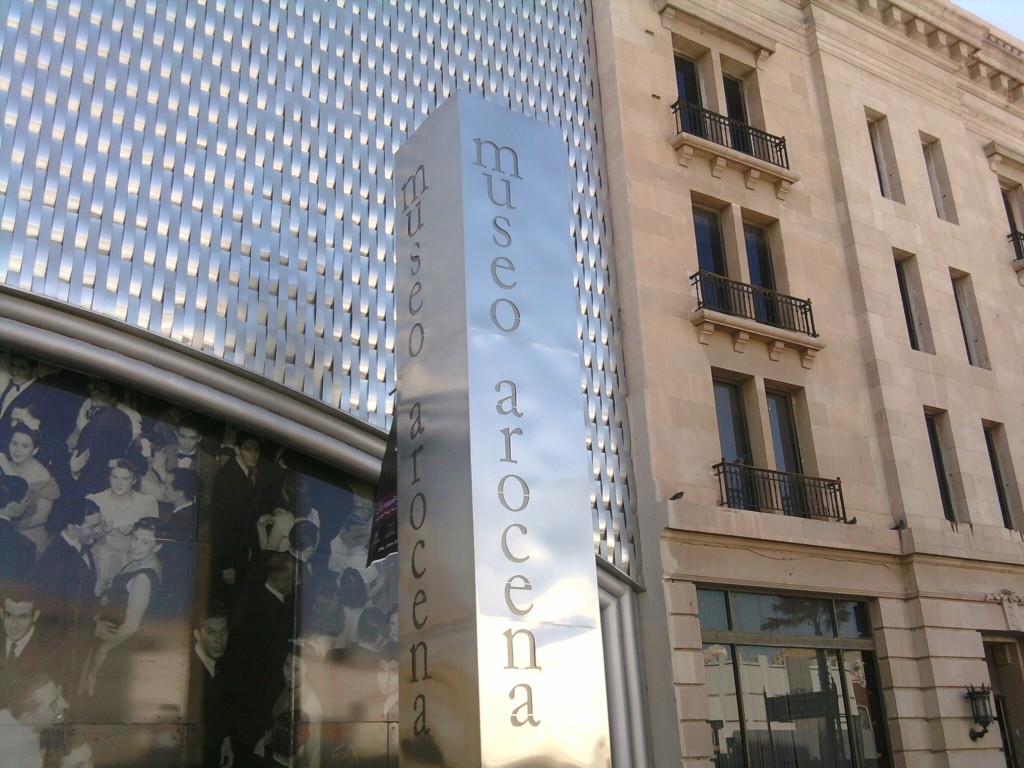
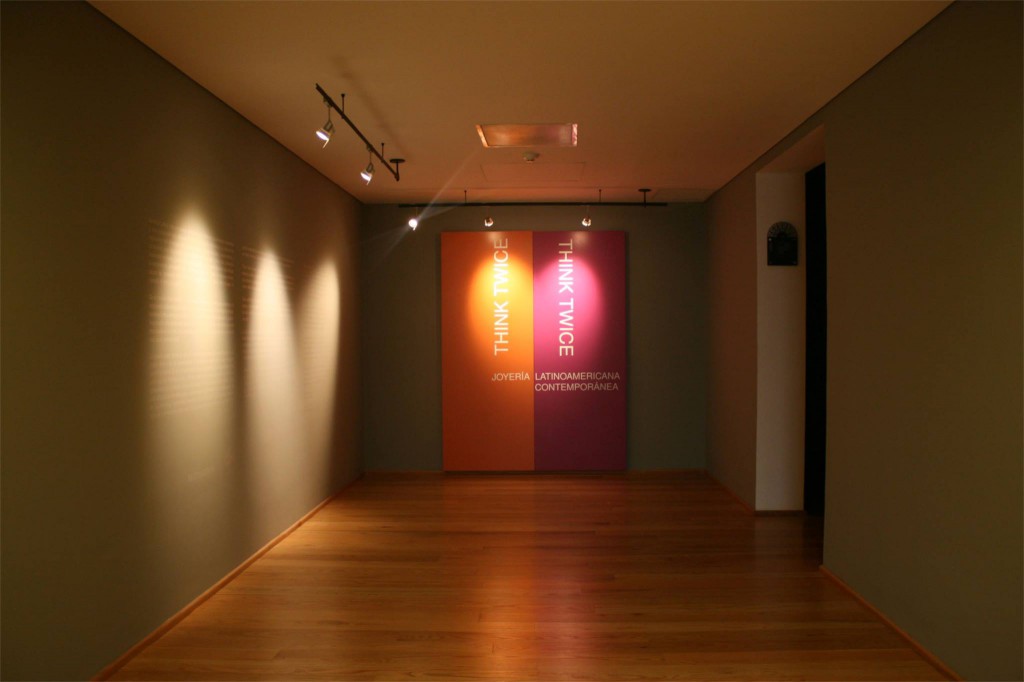
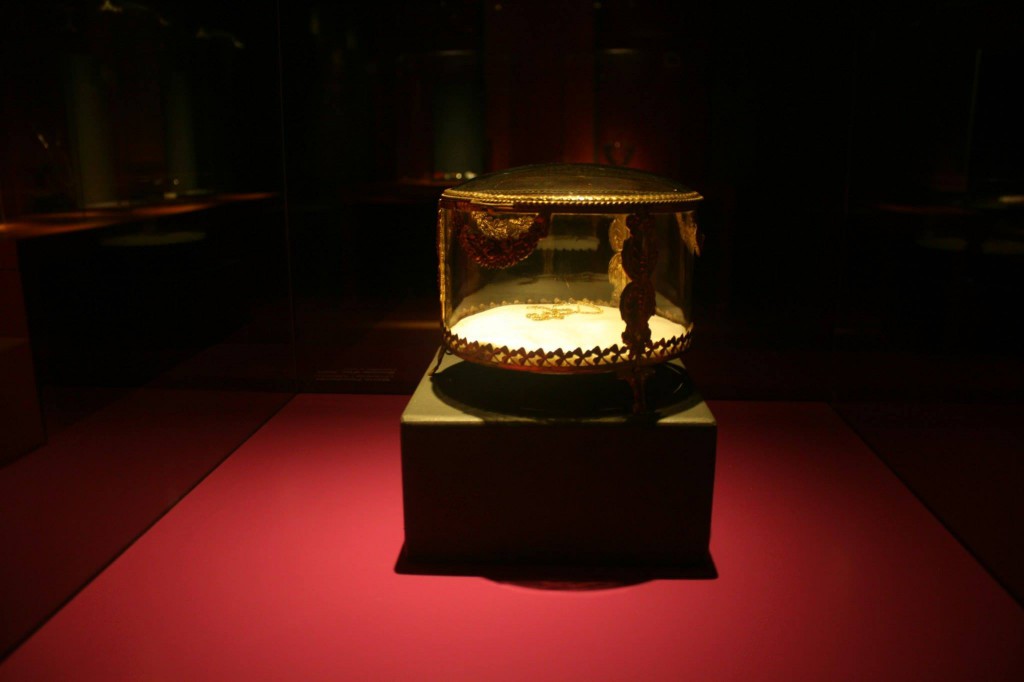
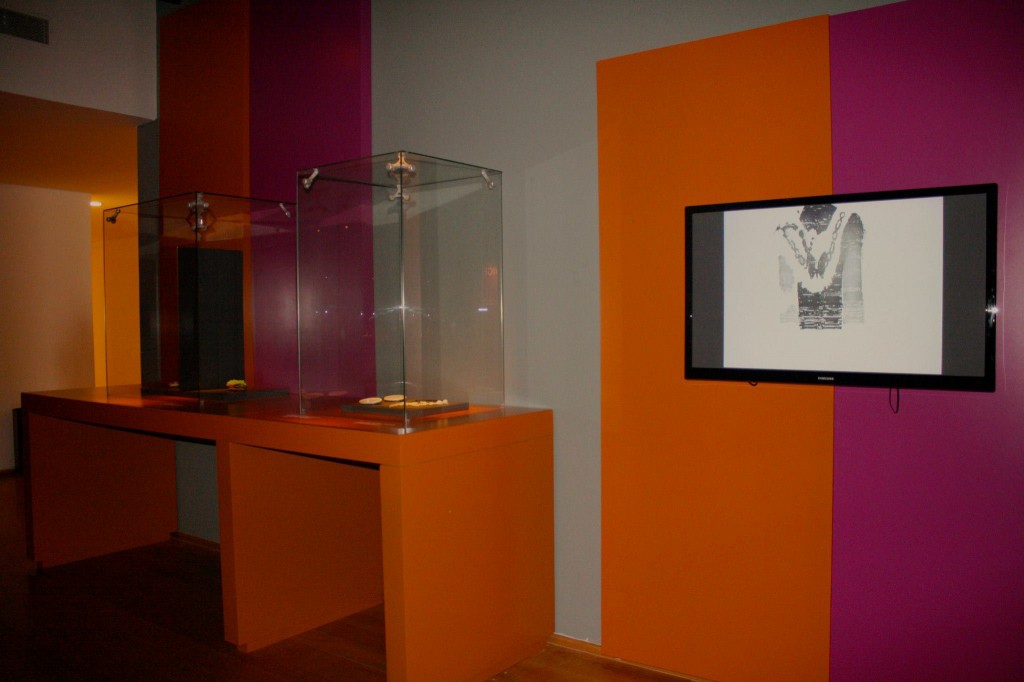
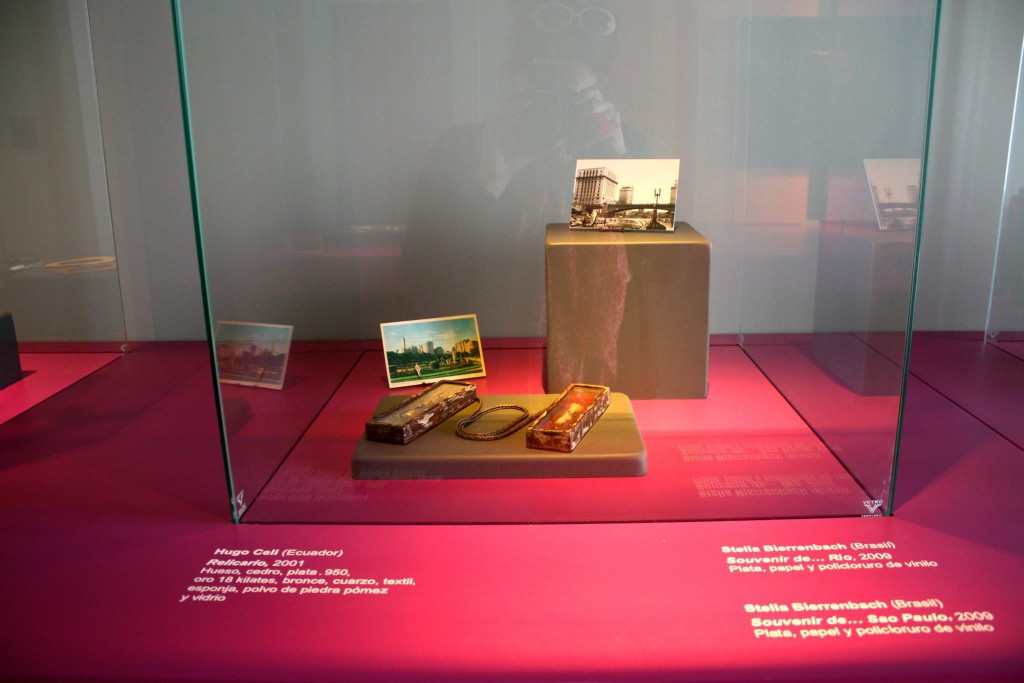
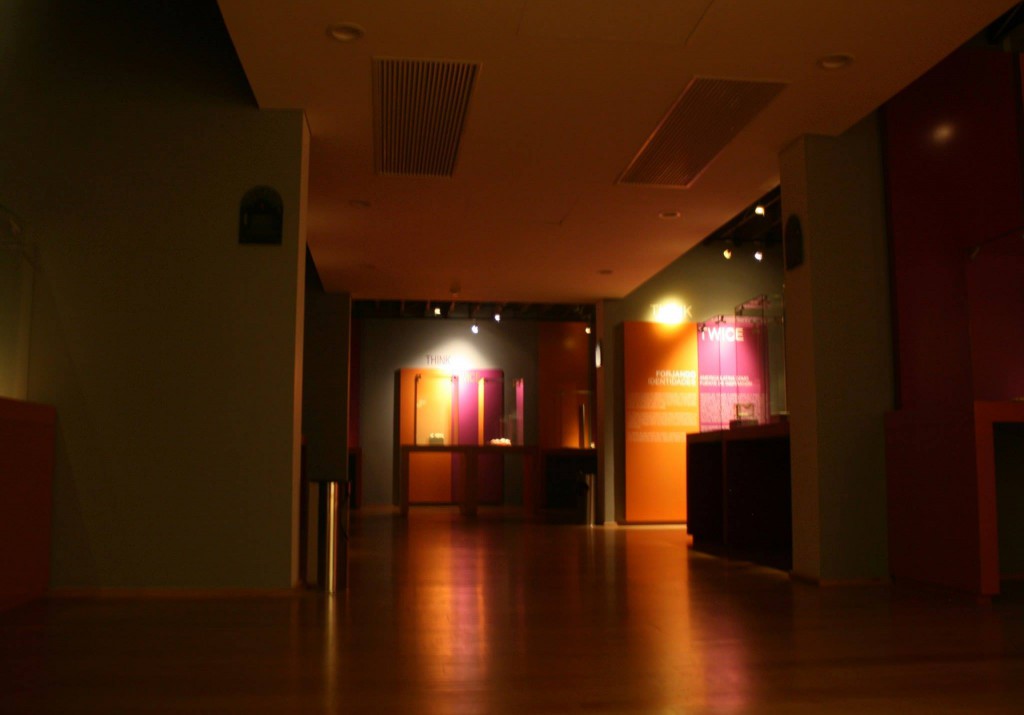

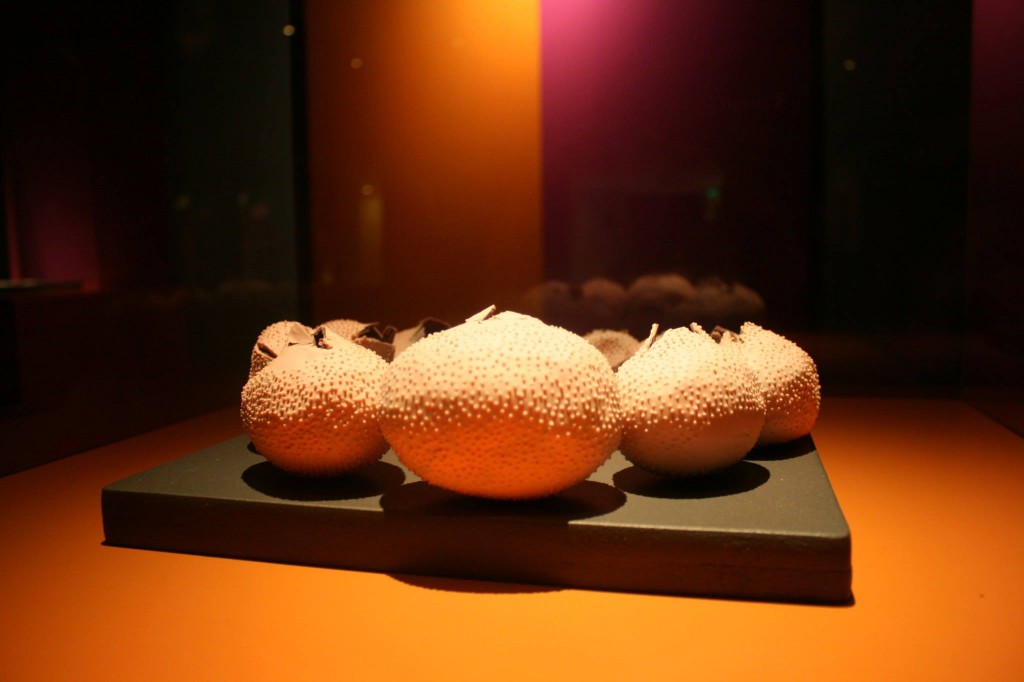
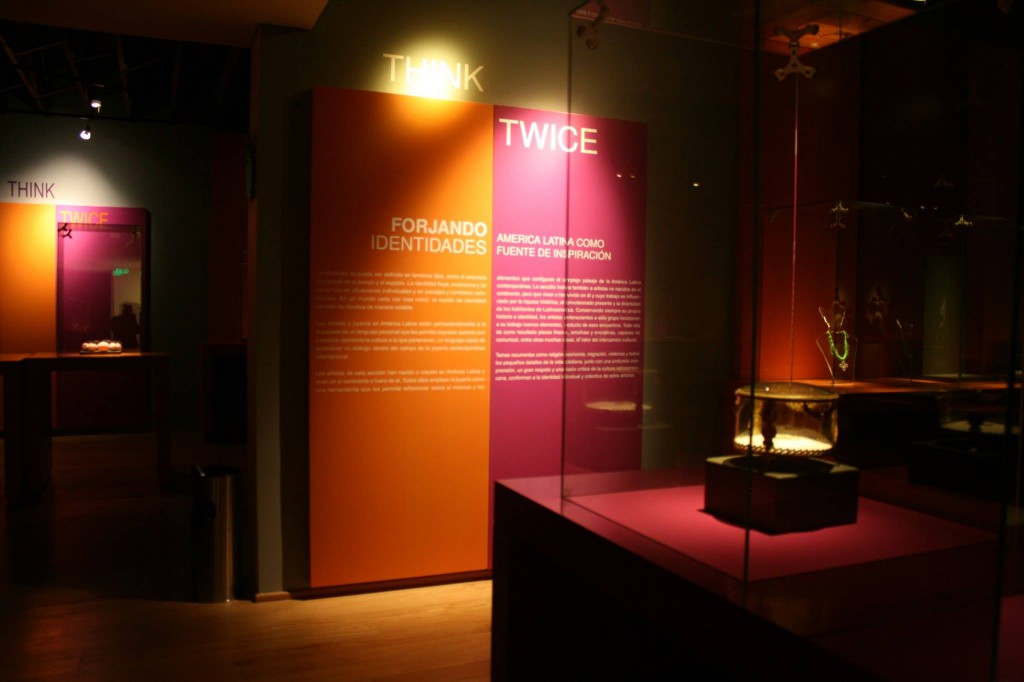

HARD TO FIND, Guadalajara is pleased to announce Amulet or Talisman the fourth of the successful Traveling Workshop series. Dictated by Swedish artist Hanna Hedman, Amulet or Talisman is an intensive 4 day open workshop designed for jewellery, fashion or industrial designers, visual artists, photographers and architects who either work professionally or are in the last year of their studies and who desire to work on conceptual assignments using jewellery as a media. The workshop, which has been presented at Walka Studio in Santiago de Chile and Nueve25 Plata Studio in Mexico City, will take place from April 28th to May 1st at HARD TO FIND, Guadalajara City, Mexico.
Fascinated by the intensity of her first contact with Latin America, Hanna Hedman developed a series of necklaces entitled Human Tree, which analyse the religious syncretism that the artist found in Mexico during a visit in 2010. Subjects such as religion, magic and the occult, Hedman recreated in ornaments her own Mexican experience, using the body both as the object and subject of her work. Departing from her personal and artistic experience with these Mexican subjects, Hanna Hedman designed Amulet or Talisman, a workshop that aims to encourage participants to engage with emotions, auto-evaluation and the further development of the conceptual thinking that past Travelling Workshop editions have been exploring. At the end of the workshop the participants will have created two pieces of conceptual jewellery based on the theme Amulets, applying a high degree of artistic ability. This will be achieved through decisions, an intelligent response to intuitive ideas and a playful attitude towards materials.
The participants will learn to create contemporary jewellery pieces through individual and group exercises, interaction with the outside world and the documentation of the whole process. As with the rest of the Traveling Workshop editions, Amulet or Talisman focuses into the development of a strong, unbiased, individual positions towards contemporary jewellery and in providing technically skilled participants with the tools enhance their own creative process. The participants will also learn to verbalize ideas and produce texts regarding their own work.
The program Traveling Workshop, an initiative of Otro Diseño, Walka Stido and Novajoia, which offers jewellers, designers and visual artists who live in Latin America the opportunity to address the global notion of contemporary jewellery by the exploration of conceptual and critical thinking and the application of materials, techniques and technology that respond to that line of thought.
For additional information and registration, please contact:
+52 3312021847
cursos@htf.org.mx
http://www.hannahedman.com/
Photography by: Maj Lindstrom ( http://www.majlindstrom.com/ )
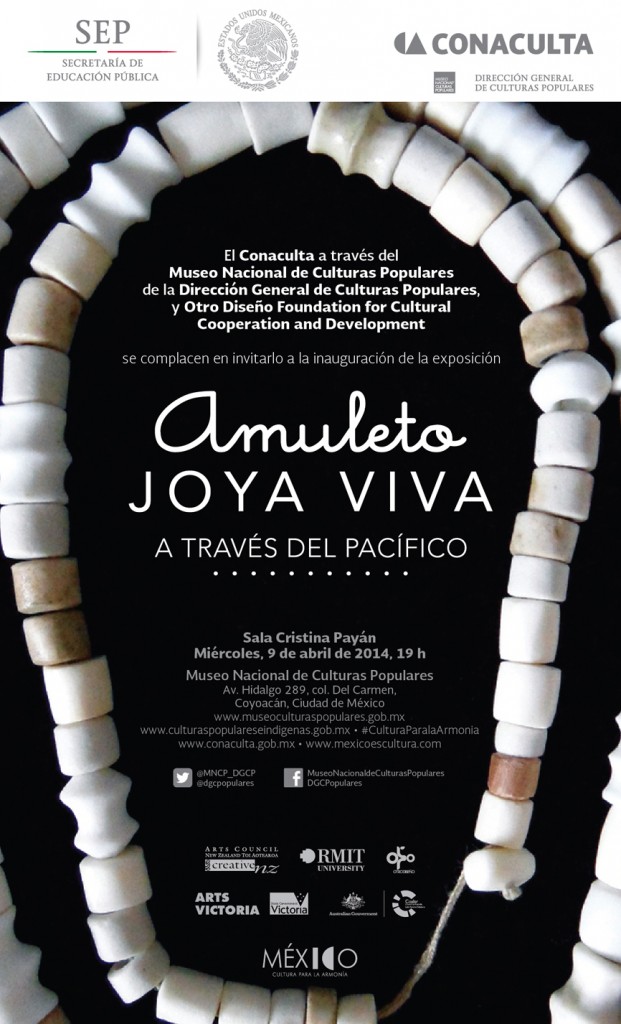
The Otro Diseño Foundation is honored to announce the opening of the exhibition ‘Amuleto: Joya Viva a través del Pacífico’, curated and organized by Kevin Murray.
Otro Diseño has worked in collaboration with Museo Nacional de Culturas Populares to present this exhibition in Mexico.
The opening will take place next Wednesday 9th April at 19:30 hrs at Museo Nacional de Culturas Populares in Mexico City.
‘ Joyaviva is an exhibition of ‘live jewellery’. Each of the objects you see on display has its own life as a device for sharing hopes and fears. They have been carefully designed and made by a new wave of jewellers whose focus is the world outside the gallery.
Each object functions as a witness that links people together, transforming private wishes into shared stories. Joyaviva aspires to continue the story of contemporary jewellery.’
Kevin Murray
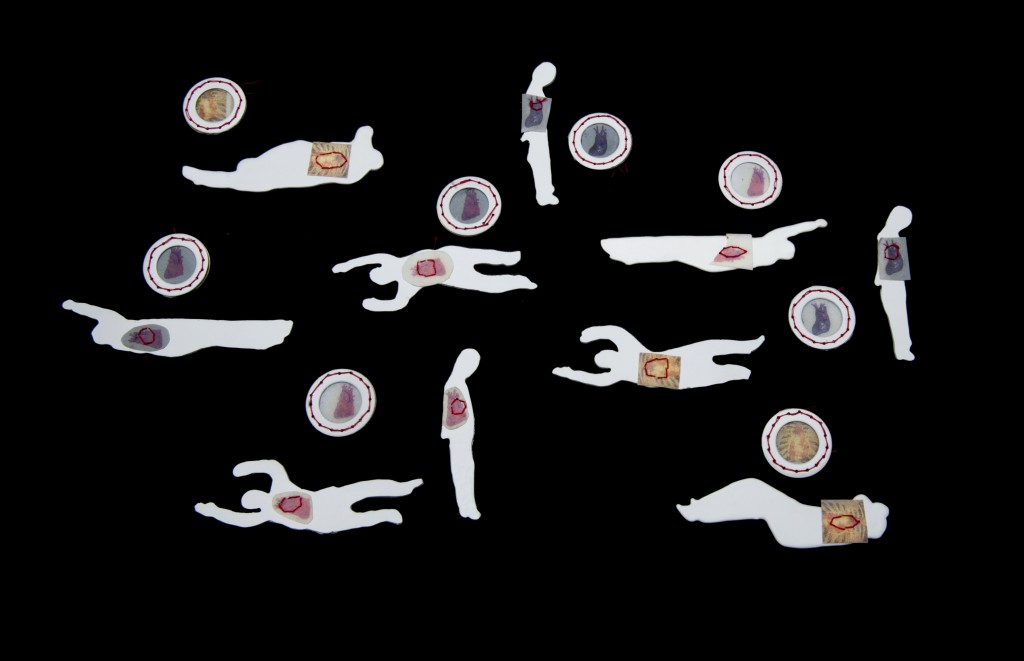
Lorena Lazard, México

Melissa Cameron & Jill Hermans (Australia)
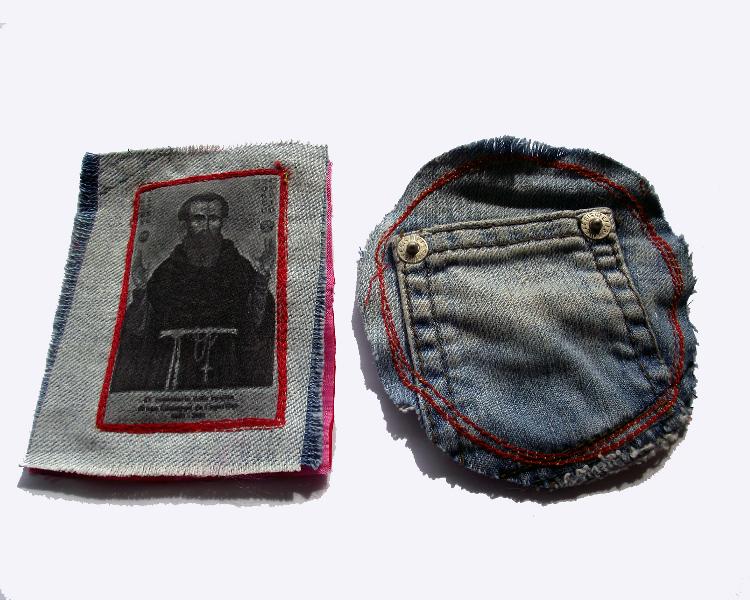
Valentia Rosenthal, Chile
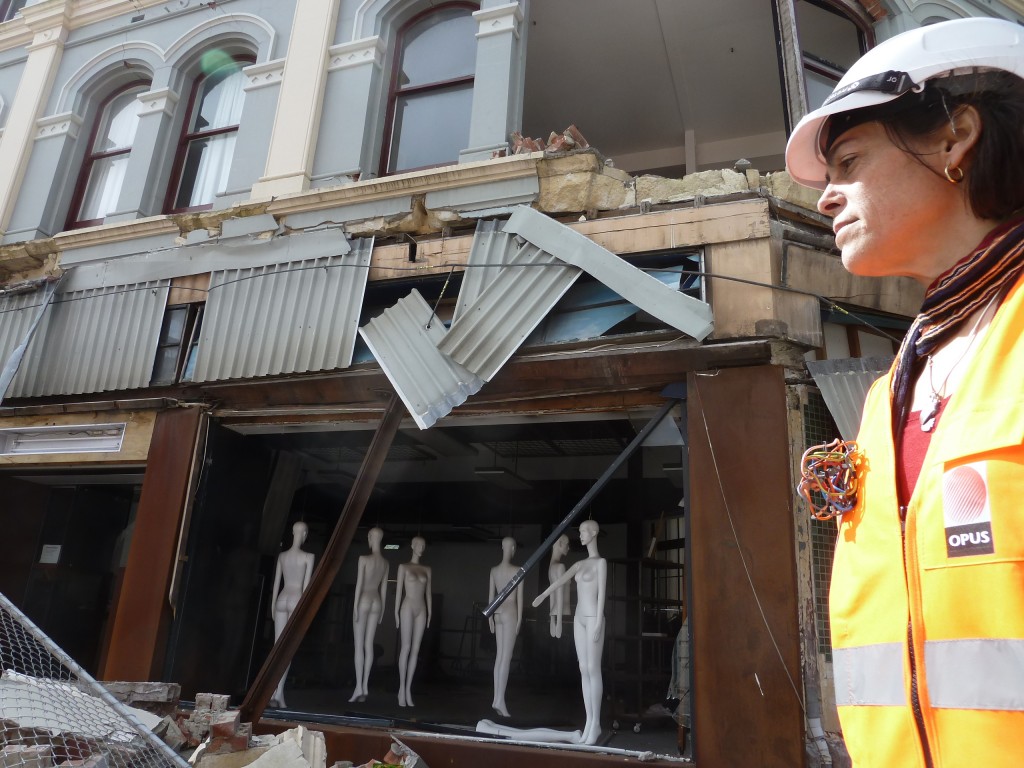
http://www.joyaviva.net/
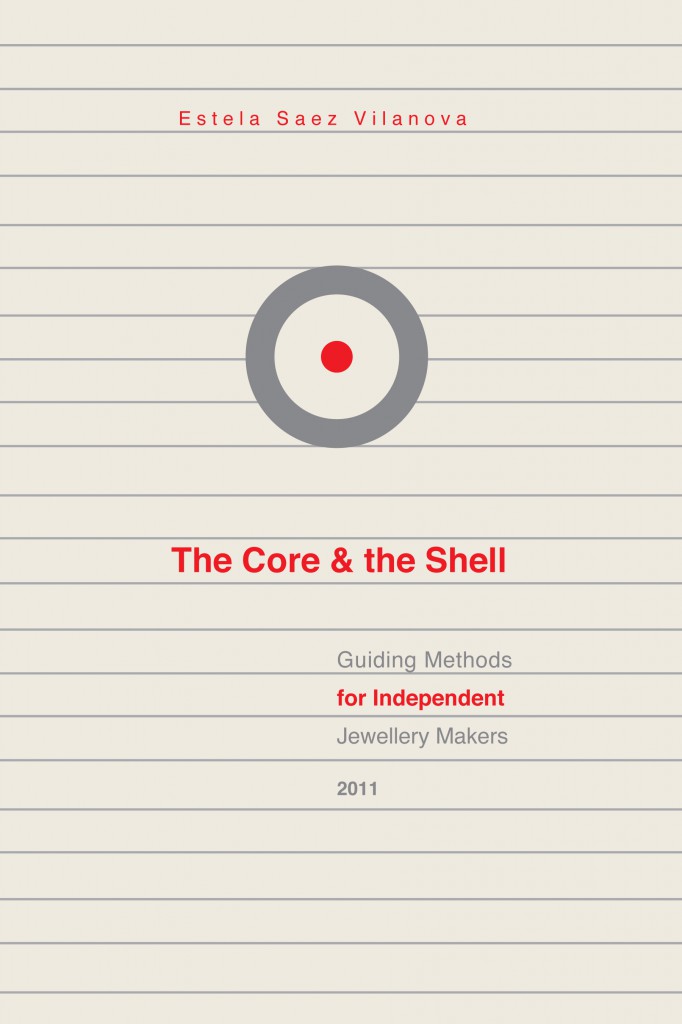
The Otro Diseño Foundation is proud to present the manual ‘The Core & the Shell: guiding methods for independent jewellery makers’, by Spanish jewellery artist Estela Saez Villanova.
‘The Core & the Shell’ is a guide, written from a very personal perspective, for students with an interest in contemporary jewellery who wish to learn about the steps and decisions a young jeweller can take in order to begin a career in the field.
As expressed by Saez Villanova: ‘Presently the jewellery maker is not just a person who is enclosed in his workshop, concentrating exclusively in the process and production of making jewellery. Today a jeweller needs to develop the necessary skills to promote and manage his work in an international context. Strengthening two core principles of the practice: the making the work within the walls of his own studio and creating a connection with the outside world, will provide those just entering the field with a valuable help to achieve success in a larger arena’.
Besides addressing different topics, the manual contain case studies by renowned jewellery artists such as Robert Smit, Iris Eichenberg, Ruudt Peters, Natalya Pinchuk, Ramón Puig Cuyas, Ted Noten and Sara Borgegard.
The editorial design of ‘The Core & the Shell’ has been executed by Mexican graphic designer and jewellery artist Mariana Acosta.
‘The Core & the Shell’ is also available in a Spanish version.
To buy ‘The Core & The Shell’ in English go to:
http://www.blurb.com/b/5162979-the-core-the-shell
To buy ‘El Núcleo y La Coraza’ in Spanish go to:
http://www.blurb.com/b/5162931-the-core-the-shell-el-nucleo-y-la-coraza
The Core & The Shell
by Estela Saez Villanova
74 pages
15 × 23 cm
Color printing on white uncoated paper
Edited by Otro Diseño Foundation
April 2014
The ‘Core & The Shell’ is an official manual for the
Traveling Workshop® program
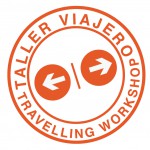
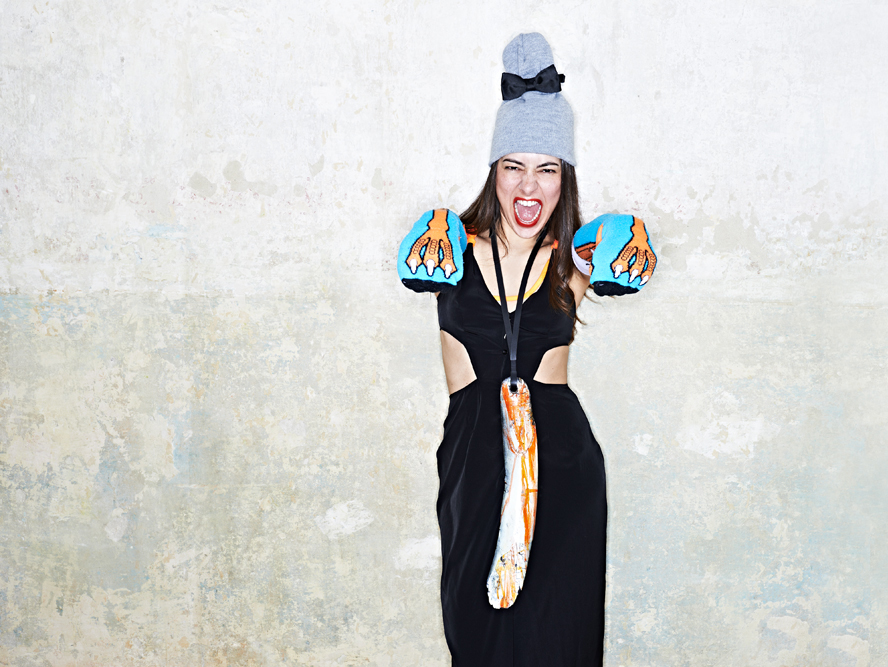
REGISTRATION IS OPEN
The Otro Diseño Foundation and Walka Escuela have the pleasure to announce the our next Travelling Workshop to take place in Mexico City.
Everyday Matters: Designing from Within is a five day intensive workshop dictated by renown Finish jewellery artist Mia Maljojoki, that explores how
how individuality, emotion and intuition -all qualities applied in the creation of art works- play a relevant role in a creative process leading to the development of commercial products.
The workshop will take place from Saturday 11th to Wednesday 15th October 2014 within the frame of the opening of the exhibition Think Twice, Contemporary Jewellery from Latin America at the Franz Mayer Museum of Fine Arts and Design.
For more information and registration, please visit:
http://www.eventbrite.com/e/everyday-matters-designing-from-within-tickets-11987098735
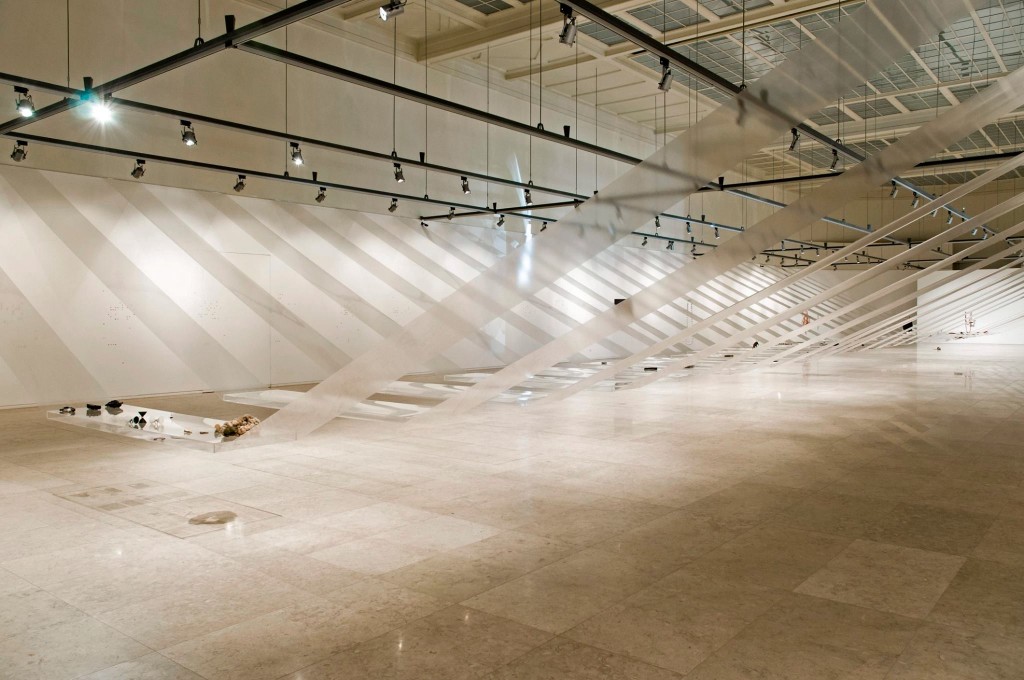
Durante o mês de junho e julho passado, o Salão da Sociedade Nacional de Belas Artes albergou a exposição “Vinte e Três”, uma das exposições mais interessantes realizadas por ocasião do projeto da Capital da Cultura Iberoamericana, que nesta ocasião teve lugar na cidade de Lisboa, Portugal.
Uma rede de linhas paralelas, etéreas, cruzavam a espartana sala e propunham ao visitante descobrir por si as conexões e desconexões entre artistas de 23 países iberoamericanos, o número de países que compõem a União das Cidades Capitais Iberoamericanas (UCCI).
Entre os vários projetos culturais e exposições realizados no âmbito da UCCI desde a sua criação em 2004, a Associação Portuguesa de Joalharia Contemporânea, ou PIN, como é conhecida neste campo, propôs pela primeira vez a joalharia contemporânea como veículo para explorar o amplo tema “Passado e Presente” que guiou a Capital Iberoamericana da Cultura Lisboa 2017.
O termo “Joalharia Contemporânea” é um dos muitos termos usados para descrever um tipo particular de prática artística onde a jóia deixa de ser um item simbólico/ornamental, para adquirir propriedades que a convertem num veículo único que os autores utilizam como forma de representar os fenómenos culturais, posições pessoais e as vertiginosas mudanças sociais da nossa época.
O projeto curatorial, a cargo da PIN (Madalena Braz Teixeira, Cristina Filipe, Carlos Silva, Raquel Soares e Joana Taurino), patrocinado por uma comissão consultora multinacional, realizou uma seleção ambiciosa baseada num critério de disparidades e afinidades. Em conjunto com o fascinante design expositivo de Fernando Brizio, “Vinte e Três” propôs refletir sobre a questão da identidade – pessoal, nacional – num mundo globalizado como nunca antes e que vê os artistas de hoje moverem-se de um lado para o outro, de maneira real ou virtual e em questão de horas ou segundos. A pesquisa primária foi: Numa era em que um artista nasce num ponto e produz noutro, se alimenta da informação que flui através da internet a partir de todos os pontos do planeta ou tem acesso a materiais provenientes dos cantos mais escondidos da terra; pode continuar-se a falar de arte nacional – português ou espanhol, colombiano ou nicaraguense-; podemos determinar a origem de um objeto olhando só para ele? Faz sentido fazer isso?
Para discutir esta questão, procurou-se a participação de artistas joalheiros dos 23 países envolvidos. No entanto, logo se tornou evidente que uma disciplina tão pequena como complexa não possui ainda representantes em todos estes 23 países. Por isso o tecido desta história que a PIN tentava colocar, parecia ter buracos em todos os lados. Em vez de ser um obstáculo, estes vazios tornaram-se em mais um elemento: a Ausência. Um ponto de suspensão sobre o qual os organizadores, curadores, consultores e público poderiam pensar tanto como aqueles pontos prolíficos da Iberoamerica contemporânea. Estas Ausências transformaram-se, dentro de “Vinte e Três”, em pontos de possibilidade, de desejo, de expectativa.
Desta forma, o designer Fernando Brízio aproveitou este tecido esburacado da cena da joalharia contemporânea Iberoamericana para criar um oceano de linhas de acetato, meridianos metafóricos, que faziam flutuar estreitas caixas de acrílico ao longo do comprimento da sala. Algumas peças foram colocadas dentro das caixas, outras fora delas; outras caixas ainda estavam vazias.
Não contentes com a beleza poderosa e etérea desta montagem, a Comissão Executiva da PIN deu-se ao trabalho de criar um desafio para o público; convertendo esta mostra não só em um ambiente de prazer e de aprendizagem, mas também em um espaço lúdico onde o público era desafiado a descobrir quem era quem dentro deste jogo de geografias inexploradas. Qual é o local de partida deste ou daquele grupo de artistas suspenso num meridiano? O que acontece hoje nestes países que só nos são familiares no nome? De que maneira se relacionam com a nossa quotidianeidade? Quais os países que estão representados pela ausência? Pode um objeto tão pequeno como uma jóia falar de identidade? De que maneira estes objetos estranhos conseguem relacionar-se com o nosso corpo?
O broche “Little Places I”, da artista equatoriana Anabel Bravo, é uma velha caixinha de lata que contém uma maquete em miniatura representando uma cena num parque. Com esta peça, Bravo procura congelar momentos quotidianos, mas importantes para o artista, à maneira de uma fotografia tridimensional. O parque poderia estar em qualquer lugar: Guayaquil ou Valência, ambos lares da artista. Enquanto que “Relicário”, do também equatoriano Hugo Celi, é outra caixa de madeira que contém as falanges distal e medial de um osso humano. A peça entra em agudo contraste com a peça de Bravo, vendo a morte como um estado irremediável e permanente.
A série íntima e quase arquitectónica da espanhola Estela Saez Villanova, intitulada “Nothing in Between” (ou “Nada no Meio”), elaborada em prata, ouro e fluorita, relata a solidão da artista nómada; o momento em que descobre a fragilidade de sua existência; e o princípio e o final de cada etapa da sua vida ou cada estadia num país em que viveu.
Xavier Monclus, nascido e residente em Barcelona, Espanha, apresentou uma série de broches intitulados “Arquitetura Silenciosa”. Uma igreja; uma estilizada construção menorquina; uma gaiola coelheira. Construções que comunicam segurança e proteção, tristeza e decadência, identidade e anonimato.
Ignasi Cavallier, nascido em Menorca, Espanha, e radicado no Cairo, Egipto, emprega crípticos títulos como “Um Porco Não Come Doces” ou “Desabafando” para as peças de barrocos plásticos reciclados que parecem fundir objetos futuristas banhados numa subtil patina árabe.
A mexicana, formada no Royal College of Art em Londres, Sandra Alonso, apresentou “Inter-Acting”, uma série de 14 peças de aço e latão (possíveis braceletes ou objetos de mão) que, acompanhadas de um vídeo, narram a forma em que as relações humanas mudam em resposta ao seu entorno e a maneira como o processo de adaptação a lugares alheios ocorre. Com esta série, Alonso cria uma ferramenta que pretende lubrificar a transição entre ambos os lugares.
Ximena Briceño nasceu no Peru e viveu na Austrália durante mais de uma década; o tempo que levou a desenvolver uma extensa investigação sobre a filigrana peruana. Briceño observa a filigrana como uma forma de expressão nacional e no seu atelier aplica-a para tornar maleáveis materiais não utilizados tradicionalmente no fabrico de filigranas, como o titânio ou o monel (uma junção de níquel, cobre, ferro, carvão e silicone). O resultado: “Fauna Híbrida para o Século XXI”, uma série de ornamentos corporais e objetos inspirados nos incensos coloniais que exploram o desenvolvimento de identidades híbridas, consequência da experiência migratória.
O Chile, como um dos países mais fortes no campo da joalharia contemporânea na América Latina, teve uma extensa presença em “Vinte e Três”. Com uma enorme variedade de trabalhos que vão desde as estilizadas peças de Rita Soto, construídas com uma variedade de materiais e técnicas autóctones, como o pêlo de cavalo e a lã, até às azuladas formas abstratas em prata, cobre e esmalte de Carolina Gimeno, a joalharia chilena tem um denominador comum extremamente interessante: o uso consistente de materiais puramente locais e processos ancestrais para criar peças capazes de manter fortes diálogos através de qualquer fronteira; seja disciplinar ou geográfica.
Raquel Paiweonsky é uma artista visual nascida na República Dominicana e com uma ampla trajetória internacional. Embora ela não produza exatamente joalharia, o seu trabalho – maioritariamente fotografia, objetos e instalações – gira inevitavelmente em todo do corpo, em particular o corpo da mulher dominicana e sempre na sua relação com o pensamento mais abstrato e íntimo. O resultado desenrola-se de forma contundente, urgente e às vezes brutal. Paiewonsky apresentou uma série de fotografias que exploram a relação entre essência pessoal e entorno, o impacto que as construções culturais – no caso da República Dominicana, frequentemente importadas dos Estados Unidos – e os estereótipos geram em todos nós, tendo sempre como referência a parte mais primária da nossa natureza e como esta se vê afetada pela mudança vertiginosa dos contextos atuais.
Outro exemplo interessante é o do artista e joalheiro cubano Carlos Martiel. Martiel nasceu em Havana e estudou artes visuais e, posteriormente, um mestrado em joalharia na Academia San Alejandro. O artista usa o seu corpo como ponto de partida e fim, comprometendo a sua própria saúde física e mental, para lidar com questões diretamente relacionadas com a sua situação como cubano: a migração forçada, a ferida e a cura como parte do processo histórico colonial ou o imaginário popular cubano, em relação ao nosso universo em movimento. Depois de ter estado confinado em Cuba durante anos, ironicamente Martiel conseguiu fugir da Ilha, para converter-se numa figura internacional da arte. Ele atualmente reside entre Havana e Nova York.
A participação de Portugal e do Brasil, as únicas nações irmanadas pela mesma idioma, também foi vasta e rica. Em 2008, Cristina Filipe, diretora da PIN, e a artista brasileira Lucia Abdenur, já tinham realizado um projeto curatorial colaborativo: “Jóias Reais – Joalharia Contemporânea Luso-Brasileira”, apresentado no Museu Histórico Nacional do Rio de Janeiro e no Palácio Nacional da Ajuda, em Lisboa, que abordava as relações históricas entre o Brasil e Portugal desde a chegada da Família Real Portuguesa ao Brasil no ano de 1808. No campo da joalharia contemporânea, os esforços de Cristina Filipe e da PIN para manter intercâmbios com os seus colegas brasileiros foi sempre exemplar.
Teresa Dantas, nascida em Moçambique e que estudou e vive no Porto, Portugal, há décadas, incorpora técnicas de restauro na produção das suas jóias. Elabora contracturas incomuns numa busca de sentido para a infinidade dos milhares de objetos que foi colecionando ao longo dos anos e, dessa forma, consegue converter em matrizes de linguagem fragmentadas e conscientemente desordenadas. Apesar disto, as formas de Dantas são sempre críticas das realidades atuais e impregnadas de um subtil humor.
A arquiteta e joalheira brasileira Kika Rufino, que realizou um mestrado em gemologia em Idar Oberstein, na Alemanha, apresentou um colar pertencente à série “Memórias”. Encontrando-se longe, procurar e examinar os vários objetos da sua caixa de memórias era uma maneira de encontrar-se de novo em casa. Estes objetos de valor exclusivamente pessoal detonaram a série elaborada em cobre, papel, cera, chá e molho de soja. Através desta série a artista evoca o seu tempo no Brasil, frágil e etéreo como o papel e a cera e consegue, através do cobre condutor, liga-lo ao seu presente na Alemanha.
Essas peças conviveram com dezenas mais, numa sinfonia aparentemente desconexa, mas comovedoramente familiar, pelo espaço de um mês; formando uma cartografia artística social, ao envolver o público, sem este se aperceber, na tarefa de buscar identidades. A película flutuante de acetatos que albergou estes objetos e evidenciou os vazios – Nicarágua, Guatemala, El Salvador, Honduras; países mais castigados pela era pós-colonial e que ainda aparecem invisíveis aos olhos de muitas disciplinas artísticas – representou um desafio, um enigma para os visitantes que deviam encontrar a nação de cada um dos espaços demarcados. Os participantes recebiam pequenas bandeiras autocolantes que deviam colocar numa matriz, seguindo as suas intuições.
4442 bandeiras dos países representados foram colocadas pelos visitantes da mostra em 23 matrizes correspondentes também a cada país. O público devia adivinhar que meridiano correspondia a cada país. No final da mostra, este conjunto de bandeiras constituía um panorama quase pixelizado, representativo das percepções do público sobre a Iberoamerica e sobre as peças da mostra. A maioria dos palpites não foi acertada.
Olhar, sentir, pensar e depois adivinhar. É possível? É necessário?
O debate sobre a importância da identidade na arte é velho e interminável. Ninguém consegue pôr-se de acordo; Nesta época de mobilização vertiginosa e multidimensional, a discussão adquire novos matizes. Pessoalmente, penso que a determinação de uma identidade nacional é uma faca de dois gumes: um que cria guerras, preconceitos e estereótipos; mas, ao mesmo tempo, nos impele a continuar a apreciar a diversidade geográfica, racial, cultural do nosso mundo. Ajuda-nos a ter um sentimento de pertença numa época em que às vezes se torna difícil saber onde estamos, pensar para onde vamos ou recordar de donde viemos.
As jóias exibidas em “Vinte e Três” evocaram os traços e as rotas do passado e as conexões culturais que compartem estes países que, unidos antes pelas correntes da Colónia, agora partilham e se enriquecem mutuamente com línguas, ideias, tradições. Também informaram o público sobre como estas peças incomuns podem encontrar abrigo nos seus próprios corpos. Esta paisagem sublime deu origem a uma dialética tripartida. Empregando a bela citação da diretora da PIN, Cristina Filipe: “Entre a grandeza do espaço expositivo, a respiração da paisagem inerente e a minúcia de cada cultura, o corpo encontra o seu lugar”.
Mais uma vez a PIN demonstra a sua capacidade única de impulsionar projetos extraordinários, virtualmente com “alfinetes”. Como em todos os países da região cultural conhecida como Iberoamerica, a PIN enfrenta as carências, a falta de apoios e subsídios, as burocracias e inumeráveis obstáculos para sair vitoriosa e apresentar um panorama tão acertado como fascinante da joalharia contemporânea na Iberoamerica. Resta apenas esperar que esta mostra possa ser apresentada noutros meridianos.
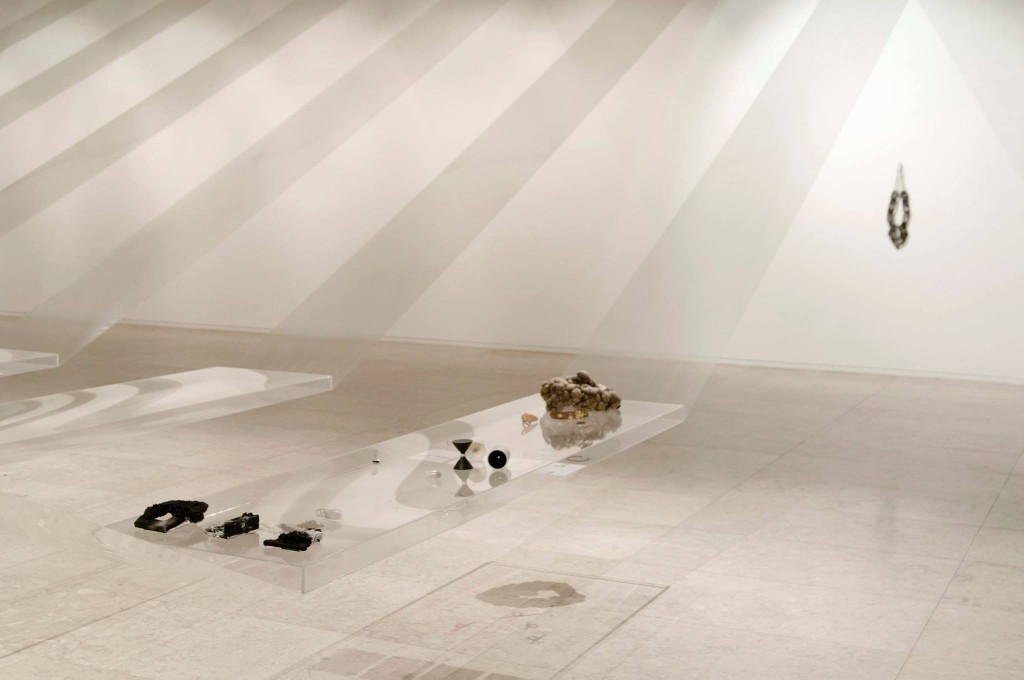
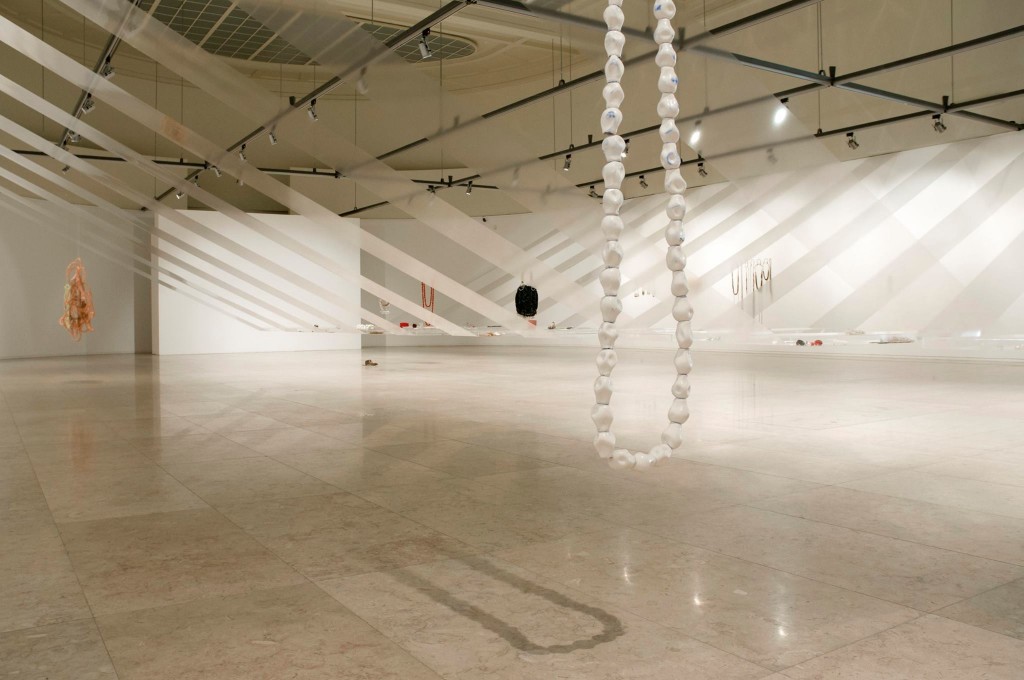
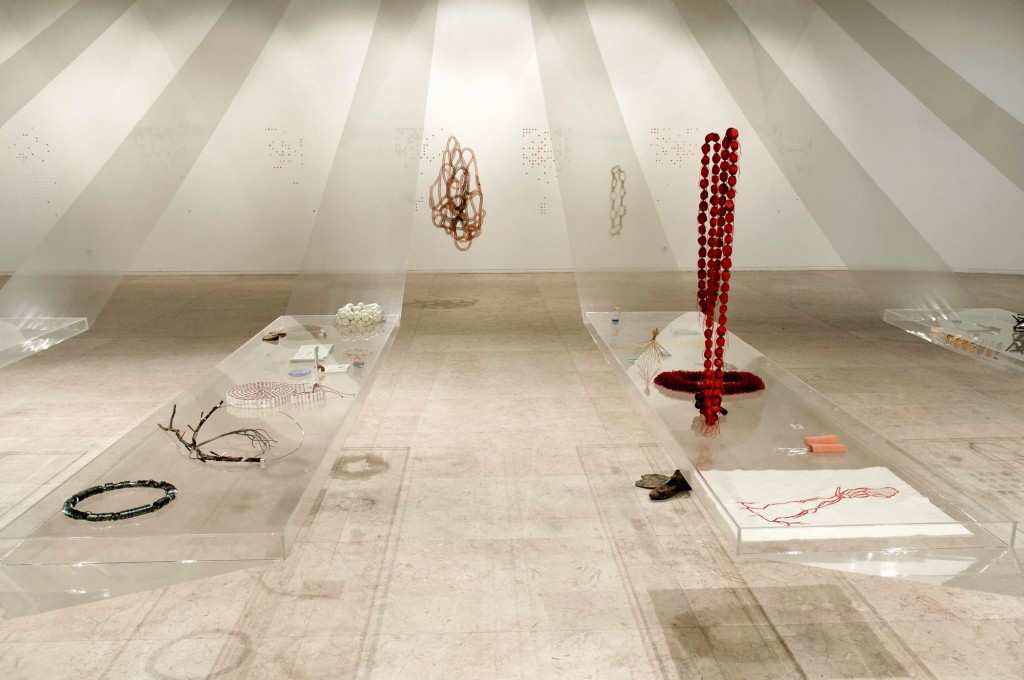
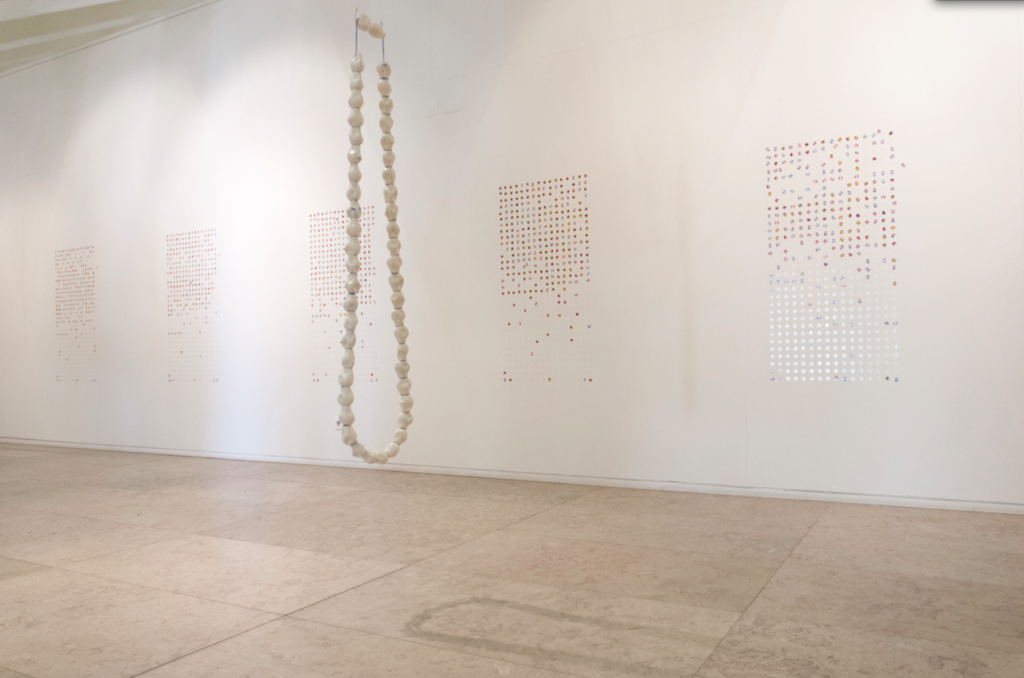
http://www.artecapital.net/arq_des-144-valeria-vallarta-siemelink–vinte-e-tres-ausencias-%20%20e-aparicoes-numa-mostra-de-joalharia-iberoamericana-pela-pin-associacao-portuguesa-de-%20%20joalharia-contemporanea
|
|



























